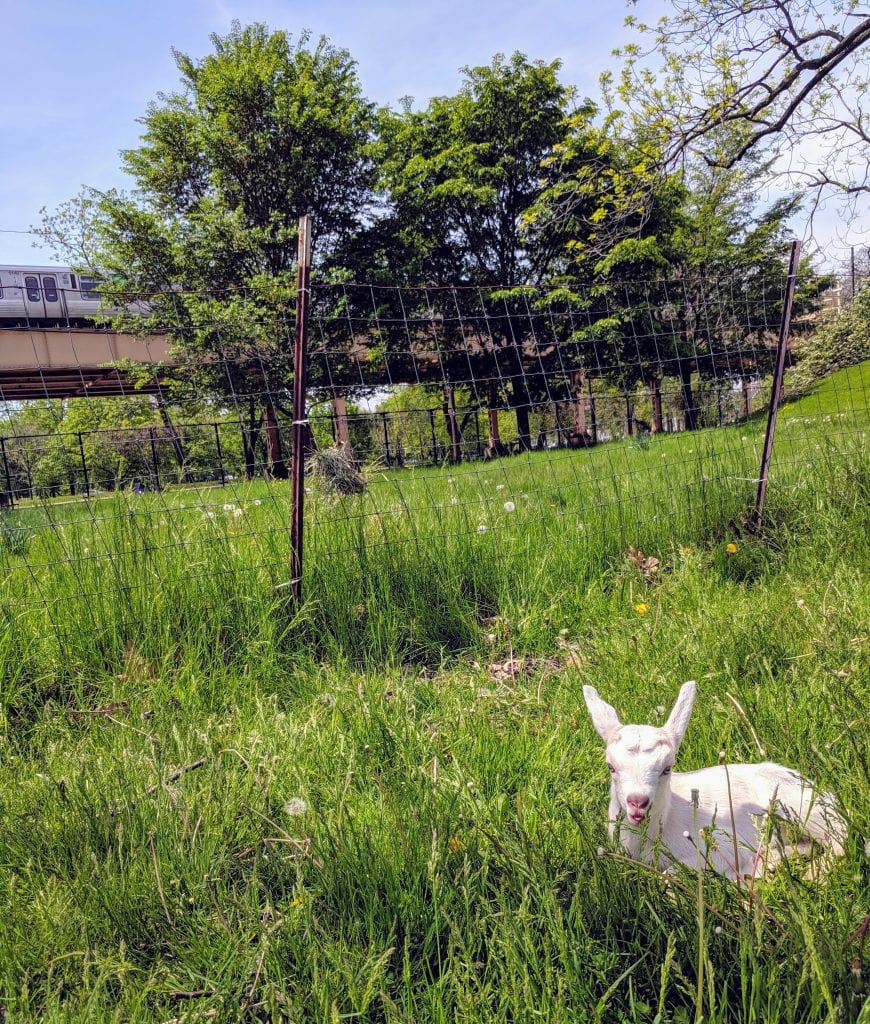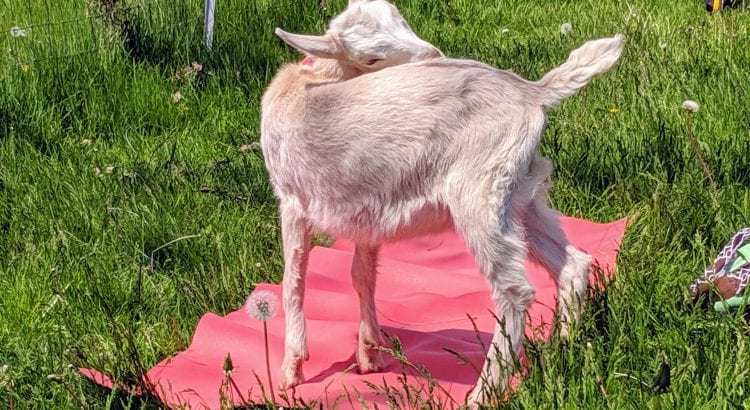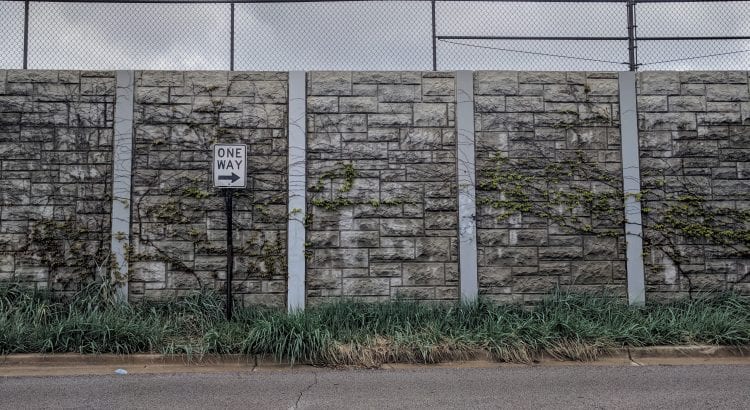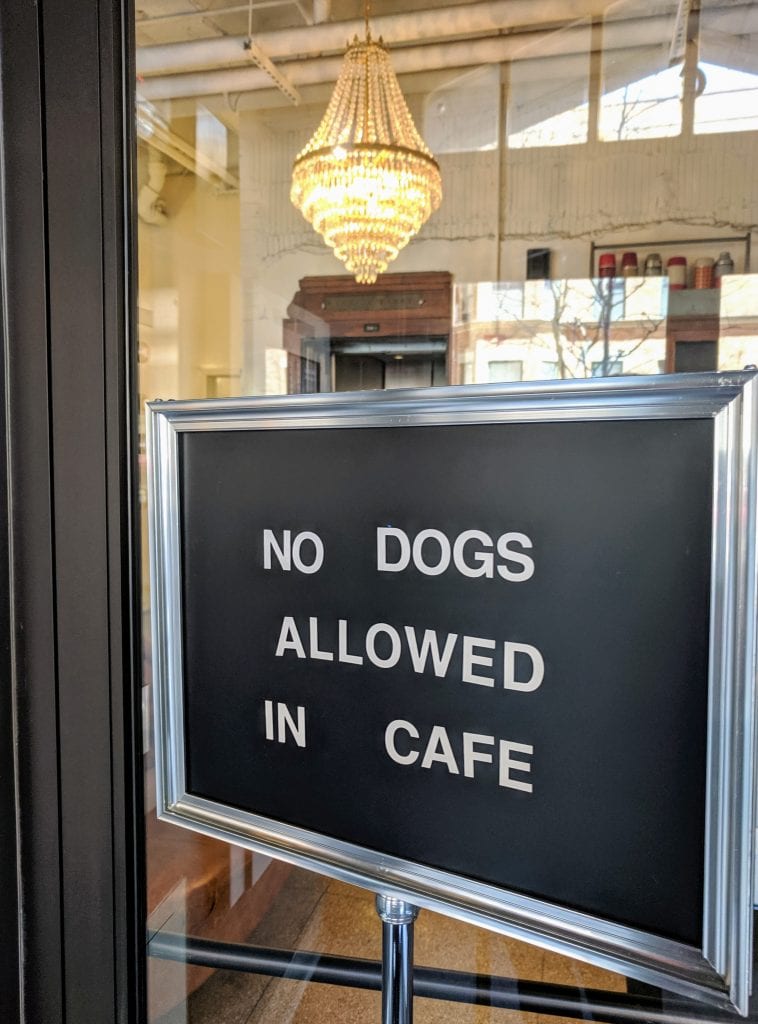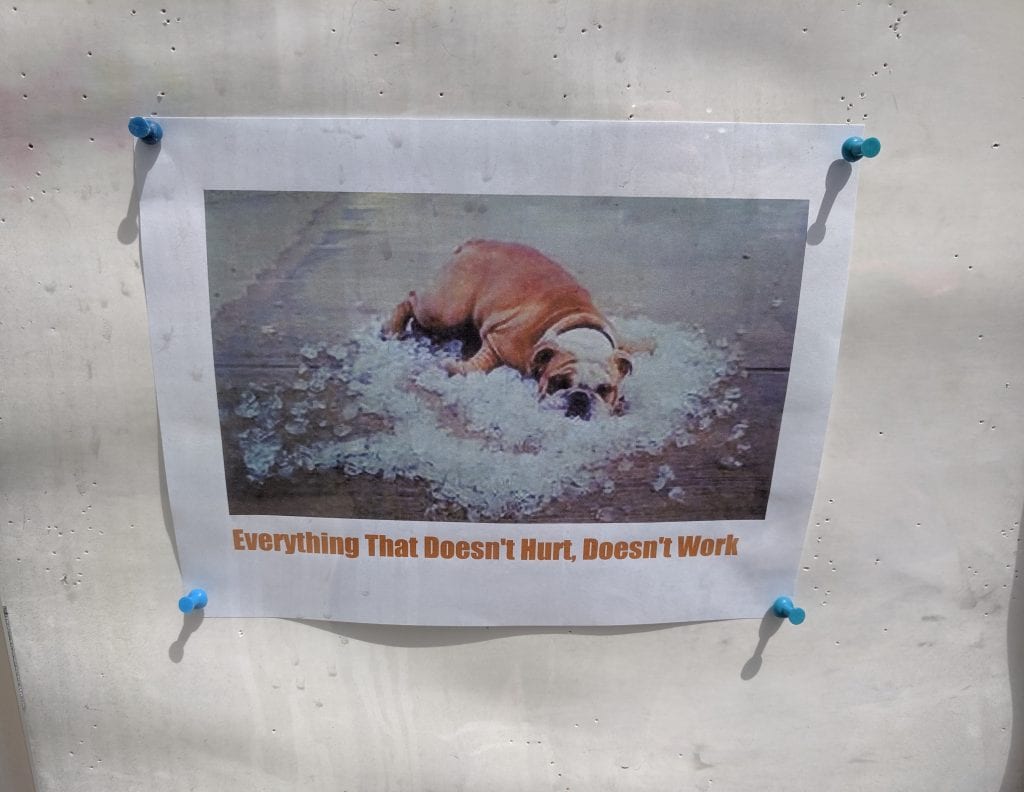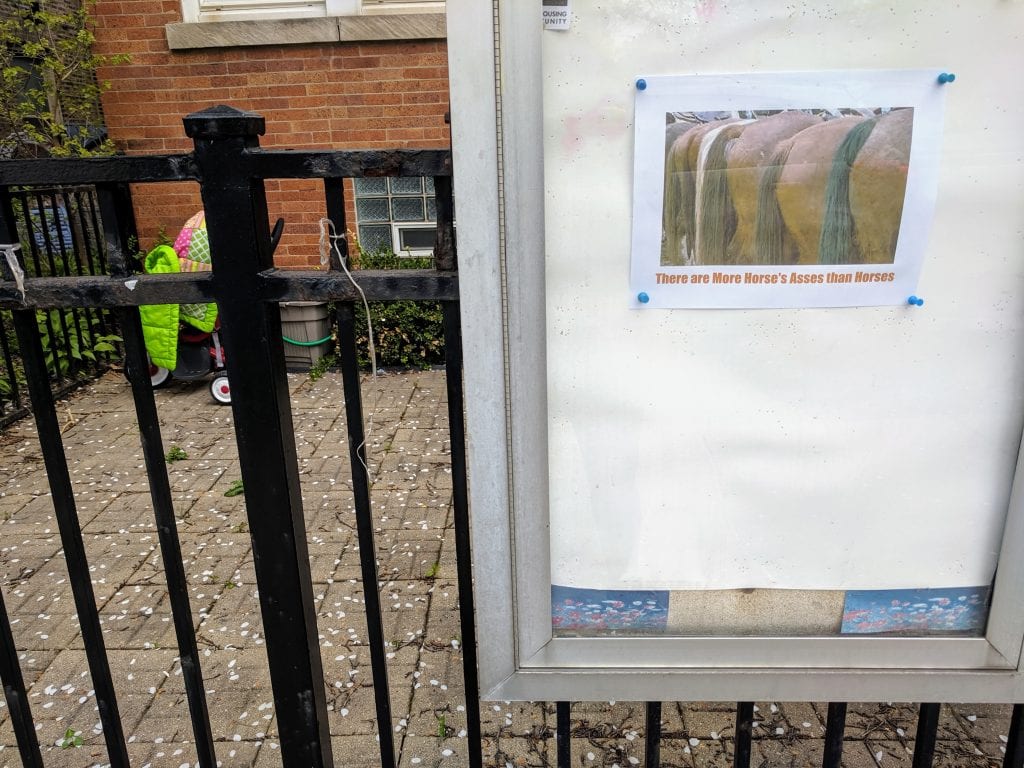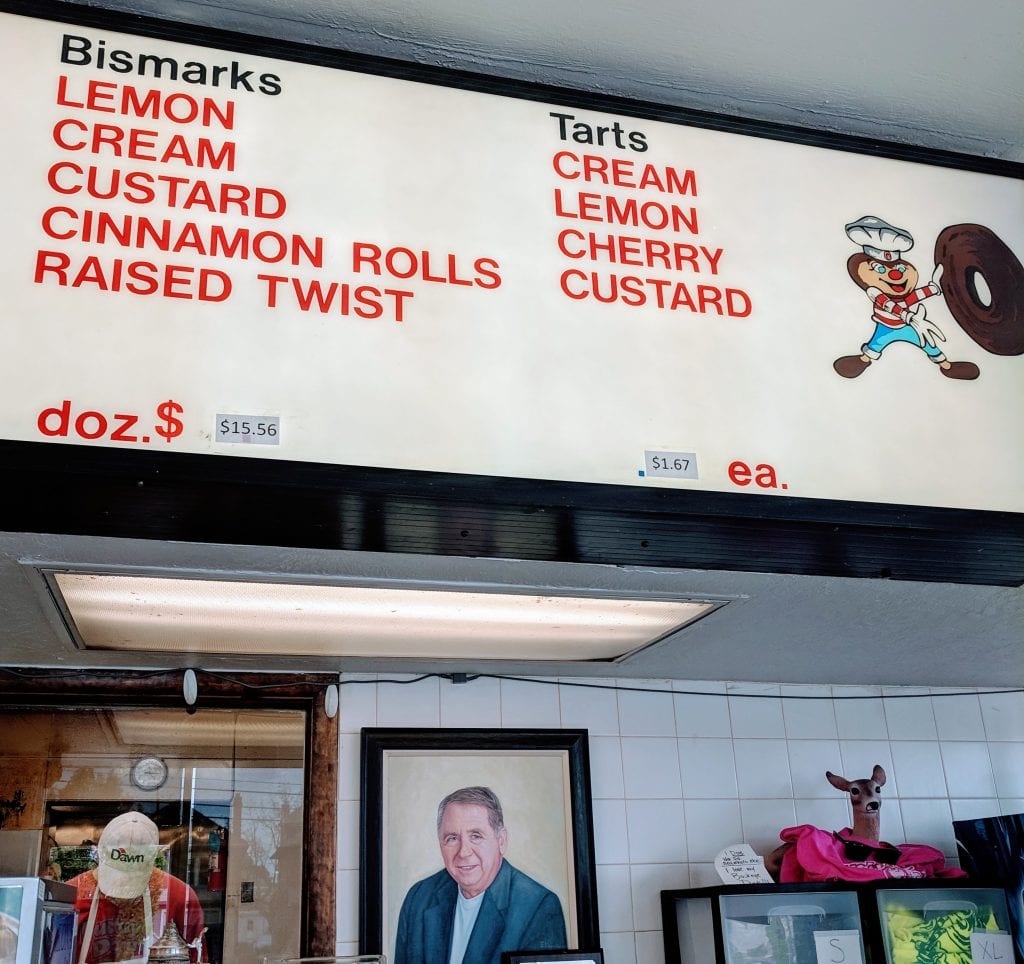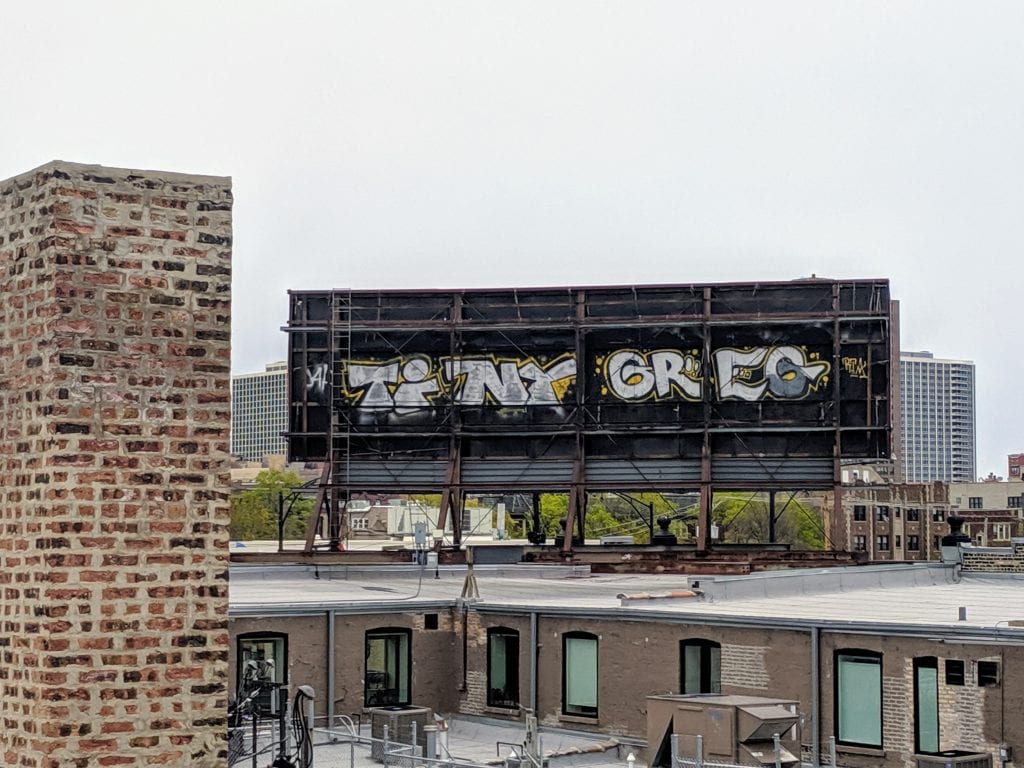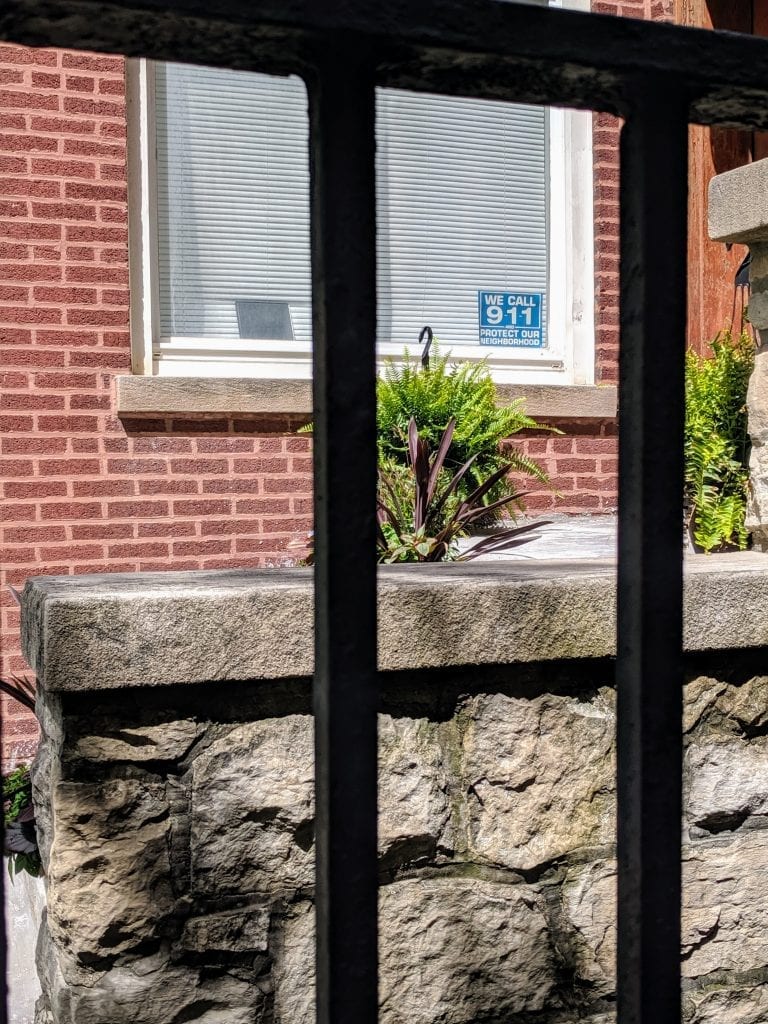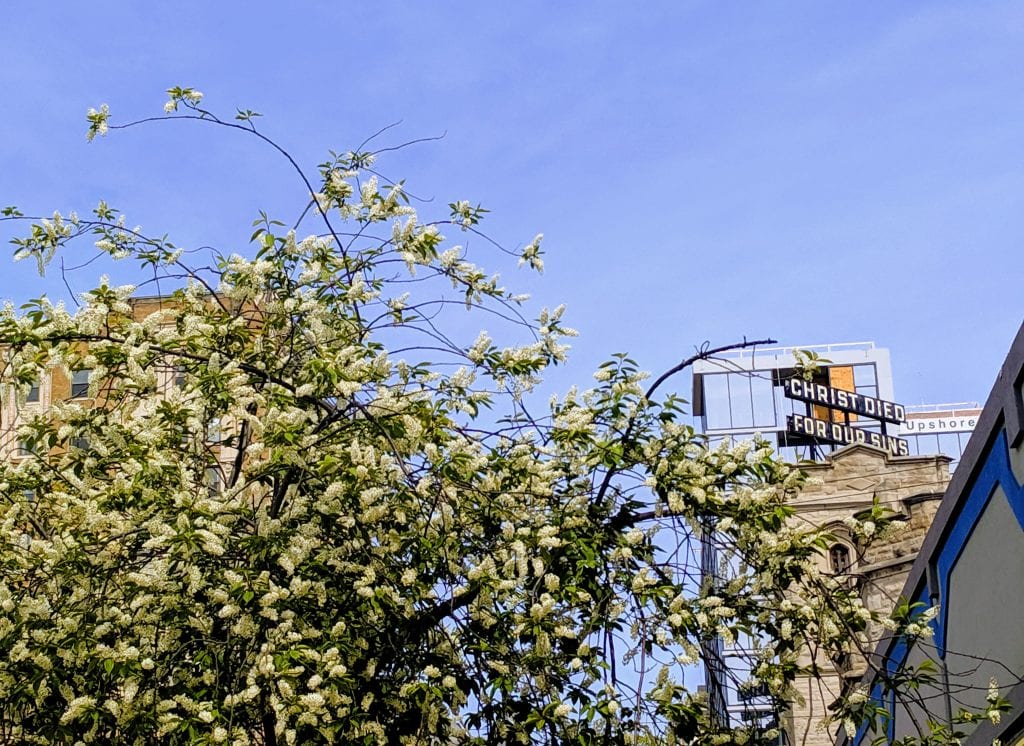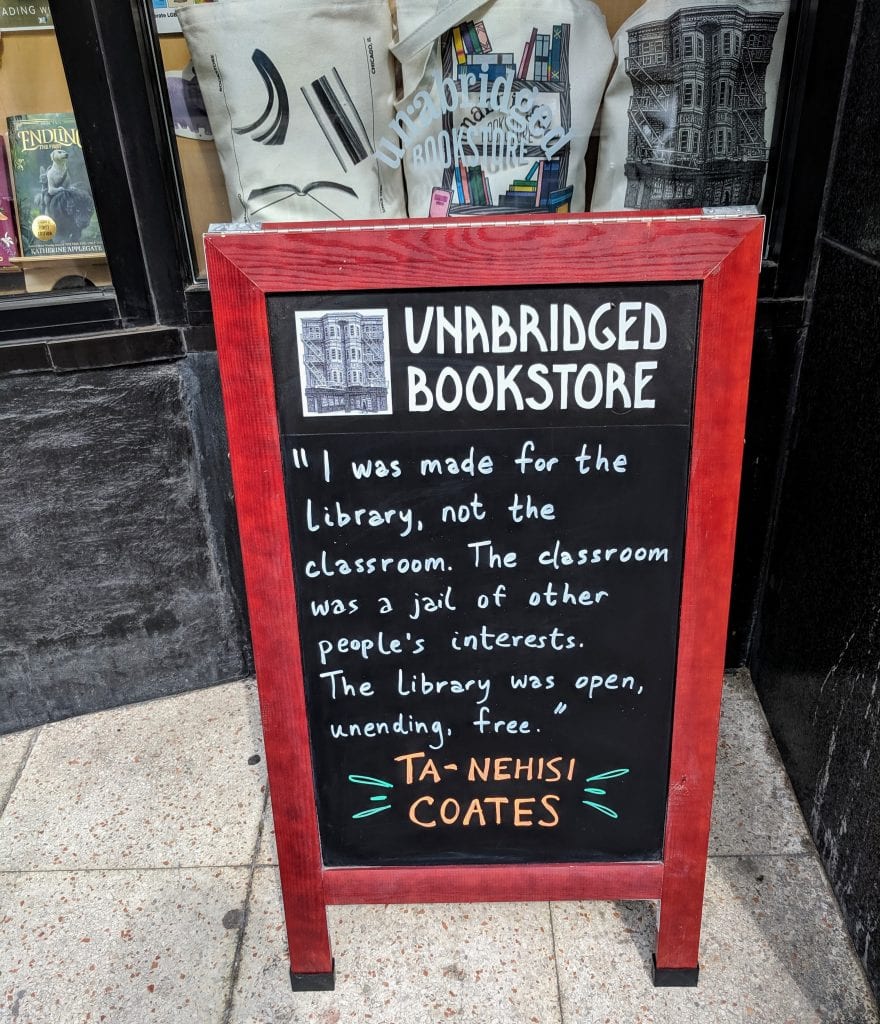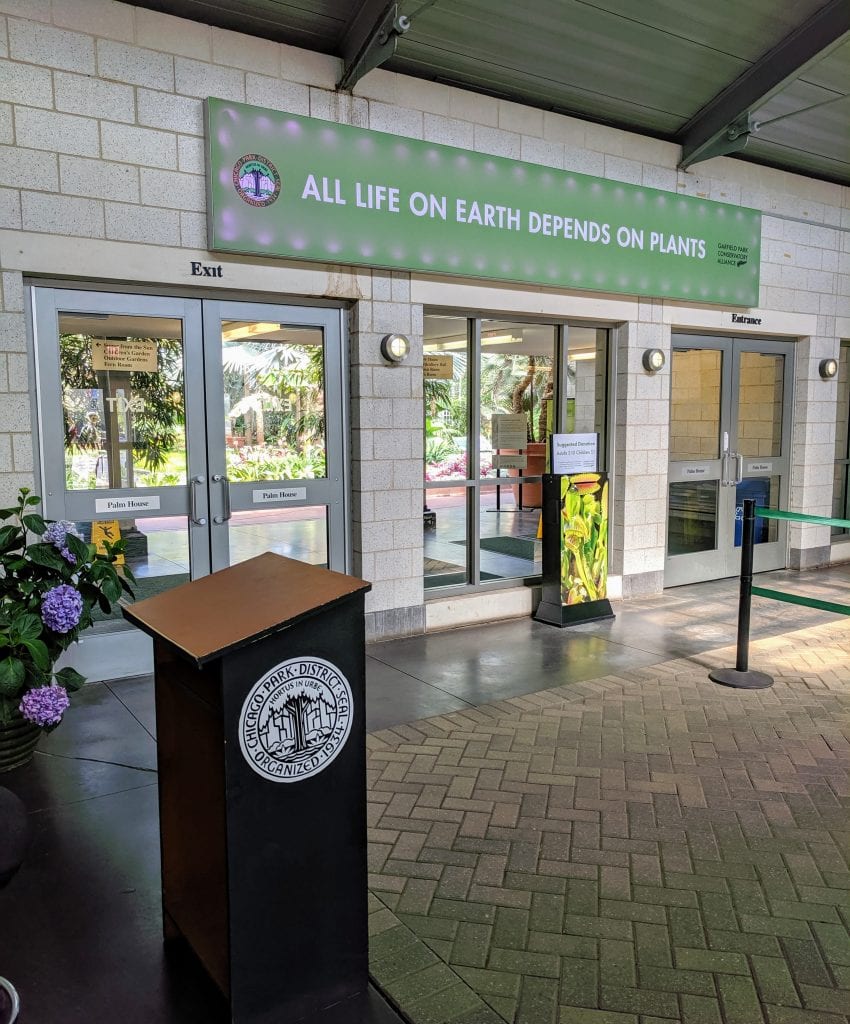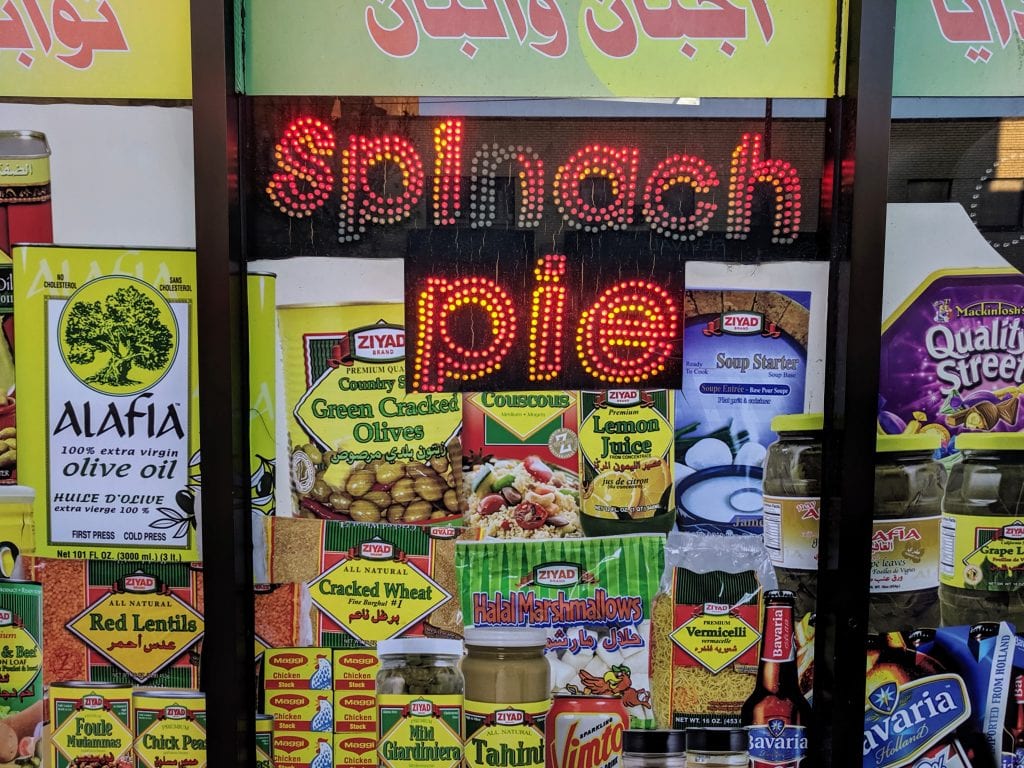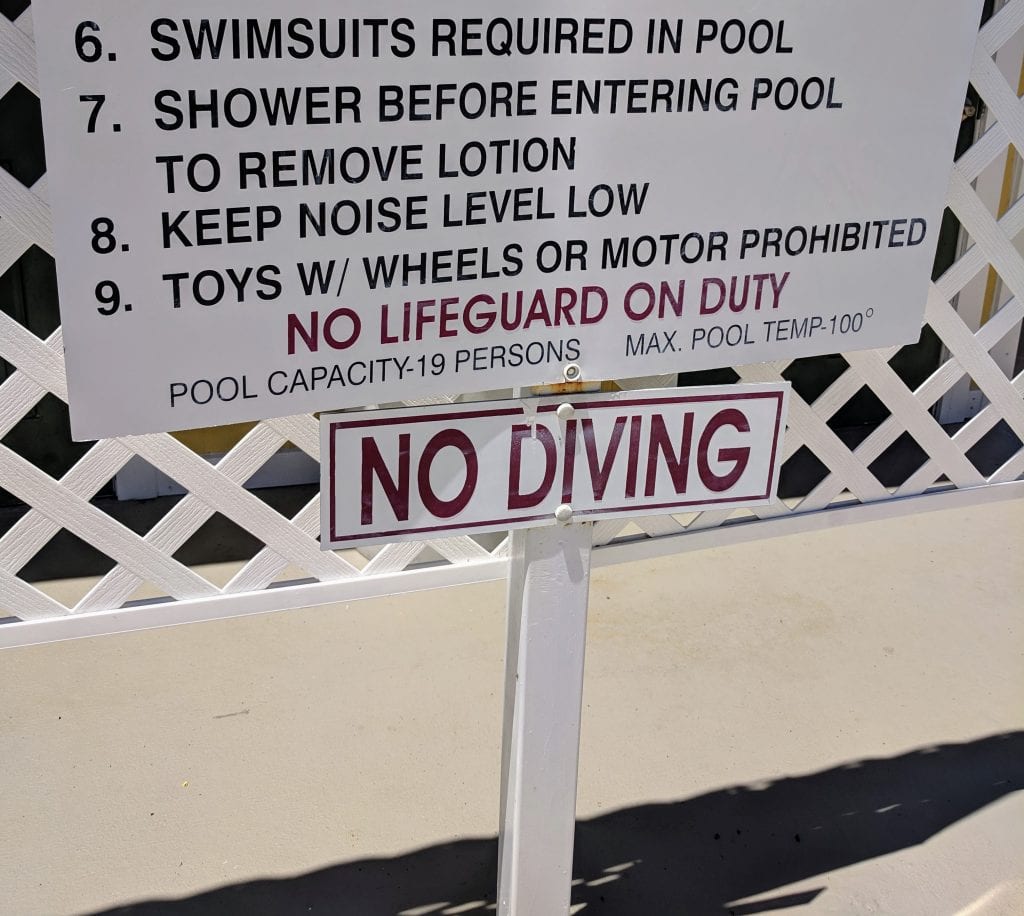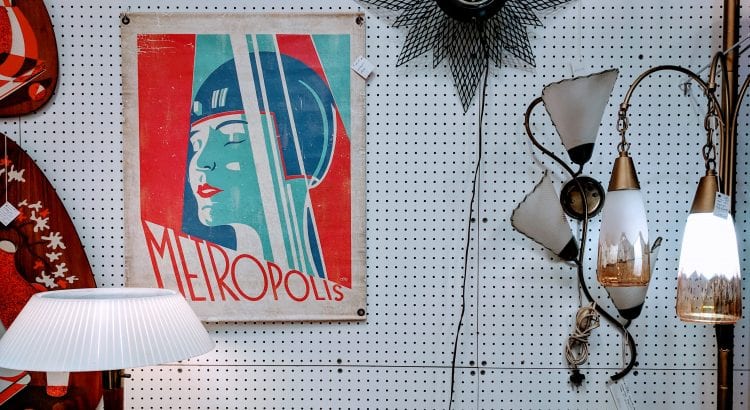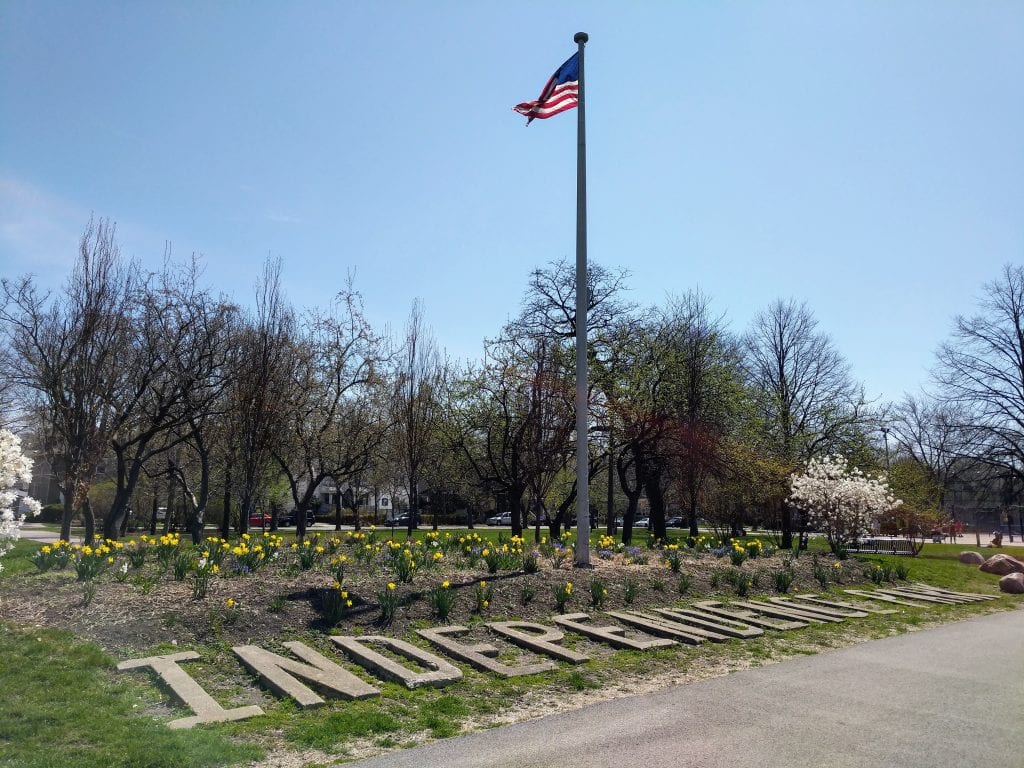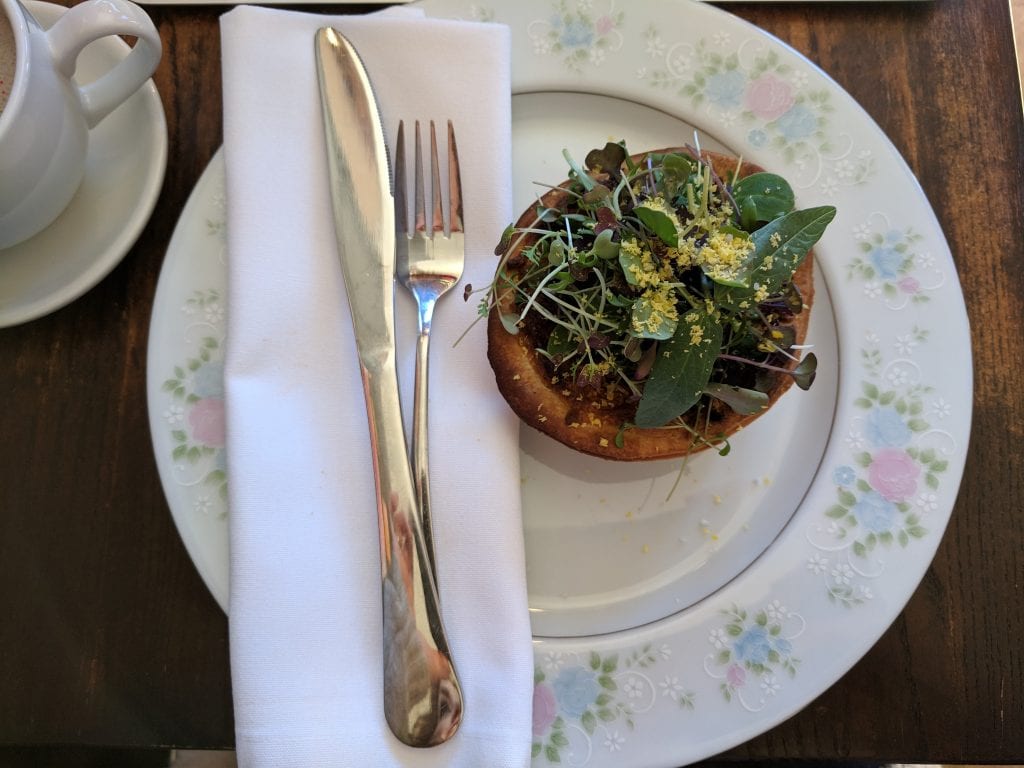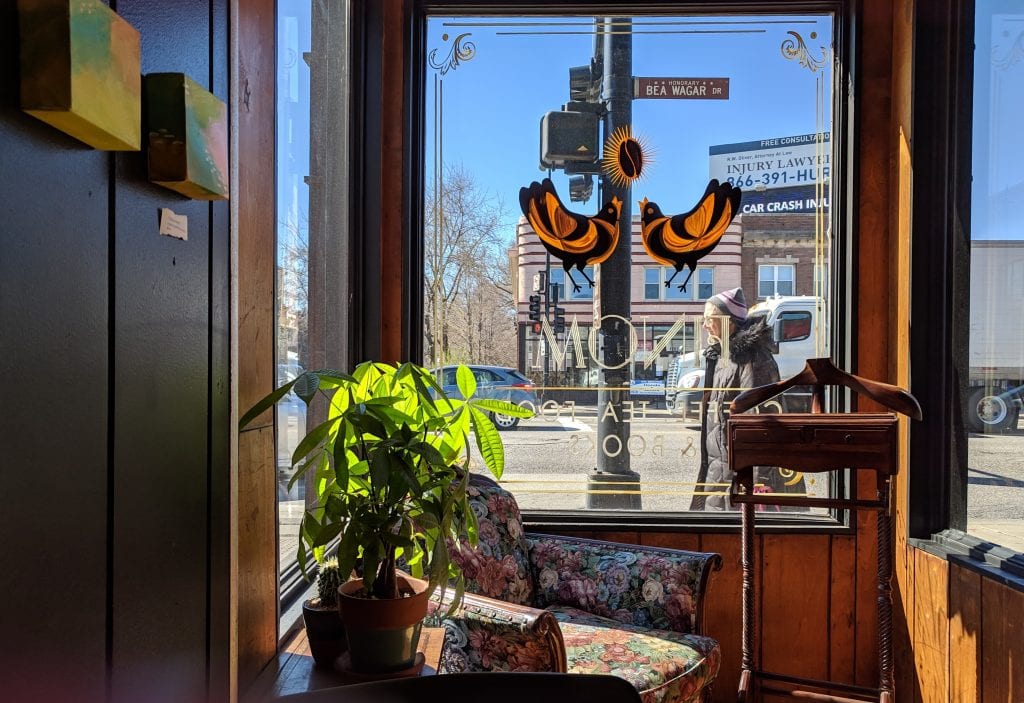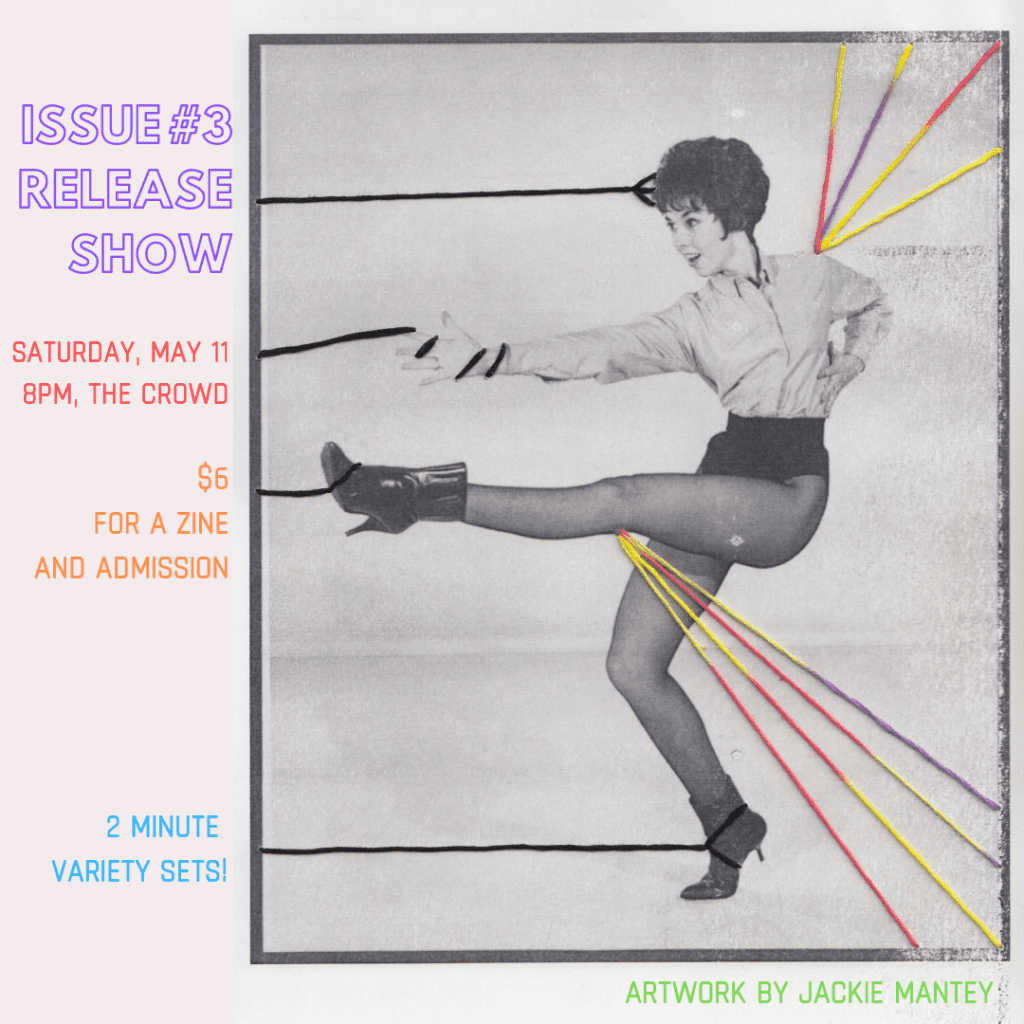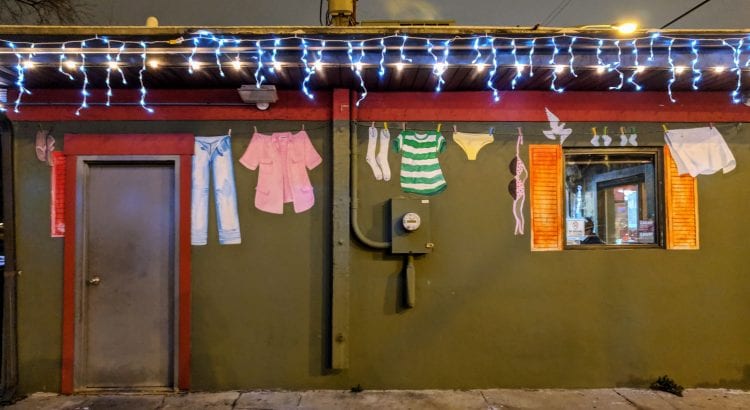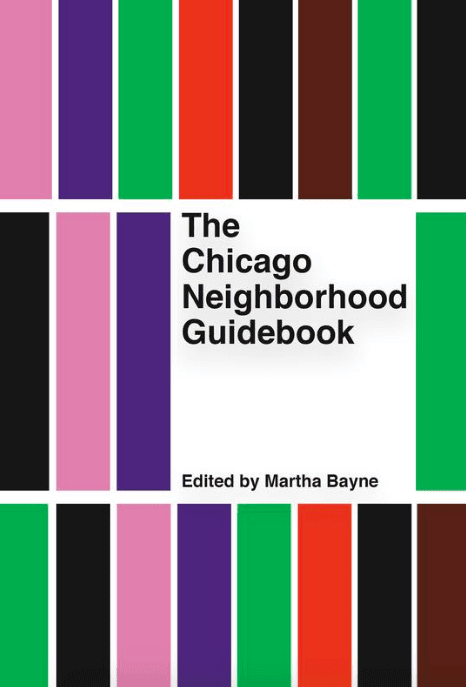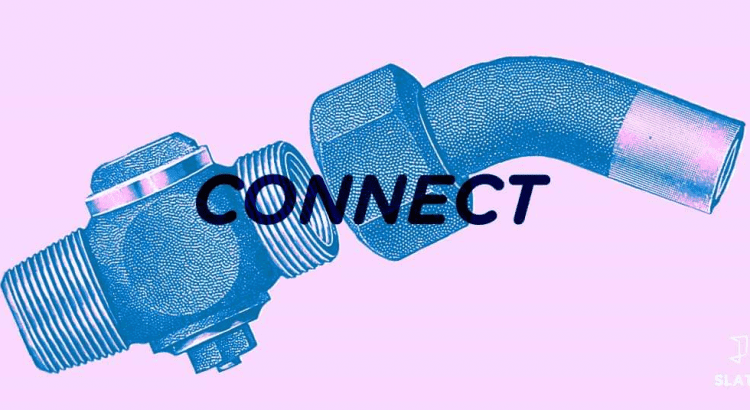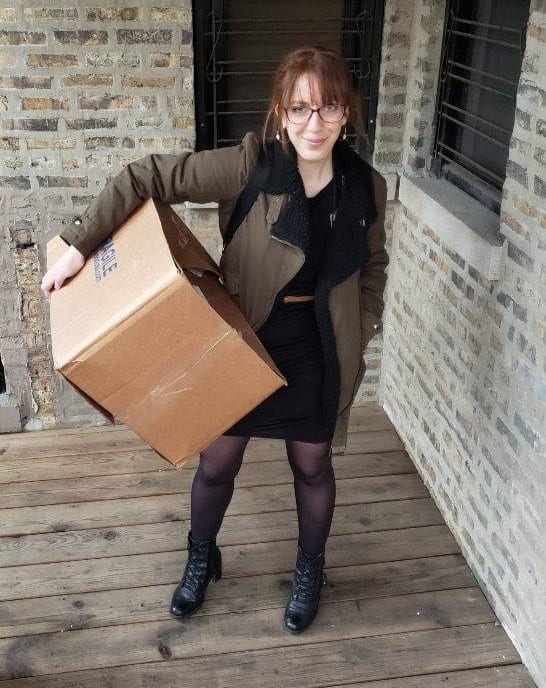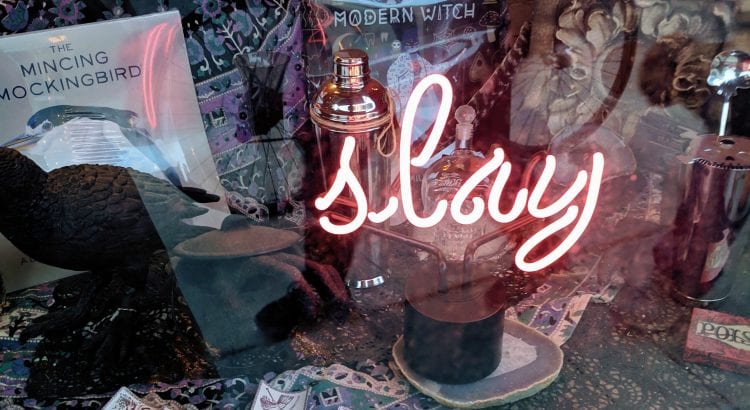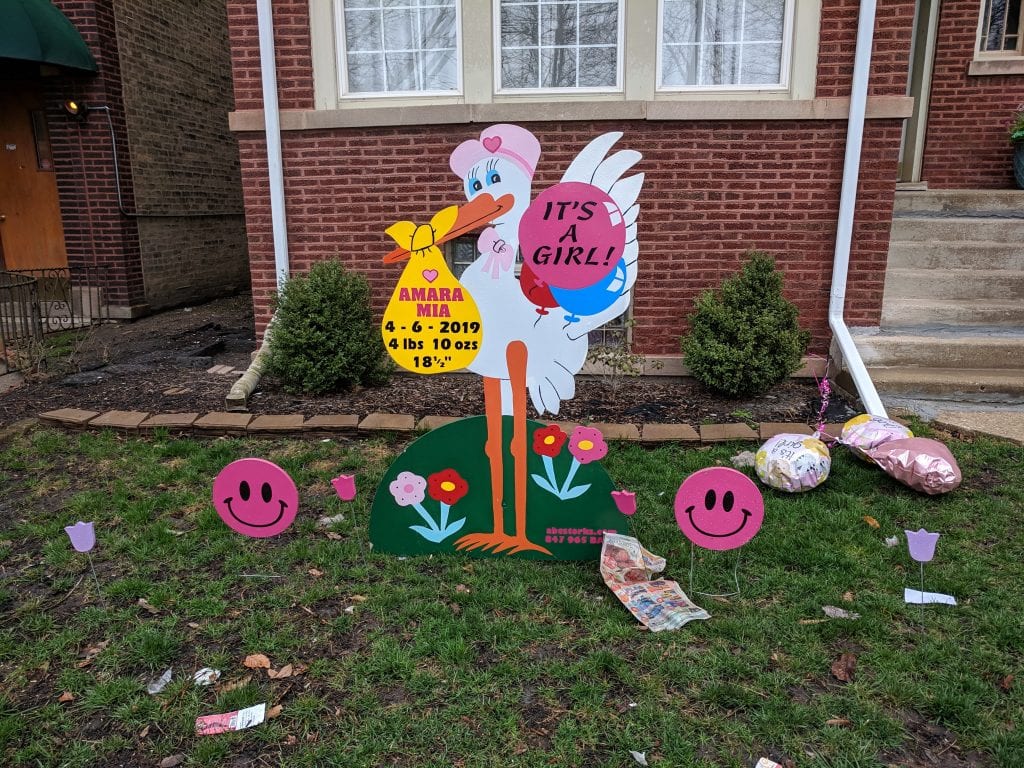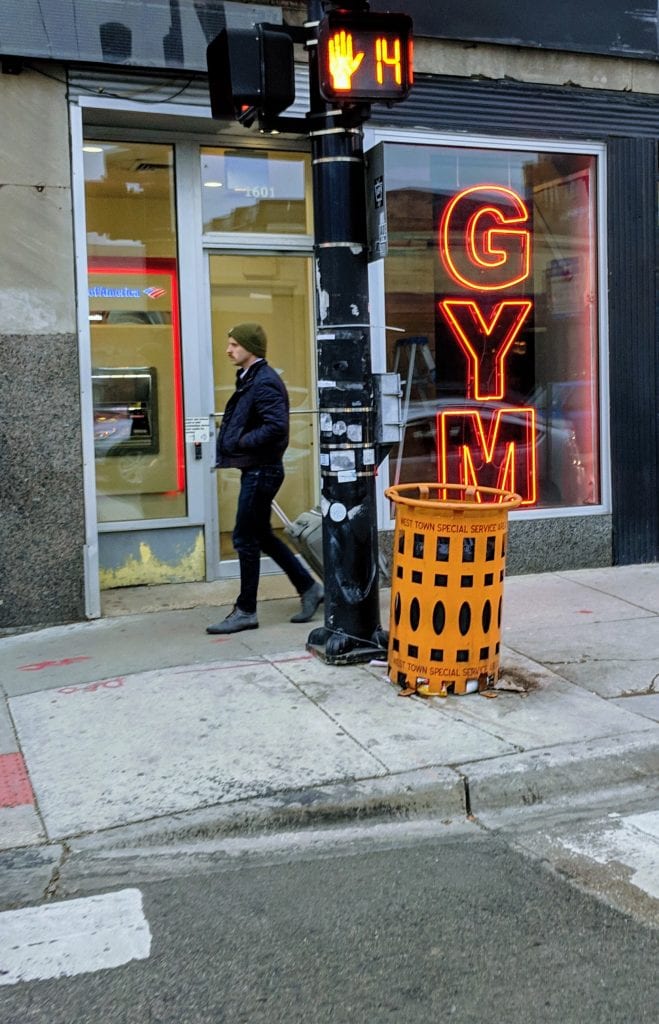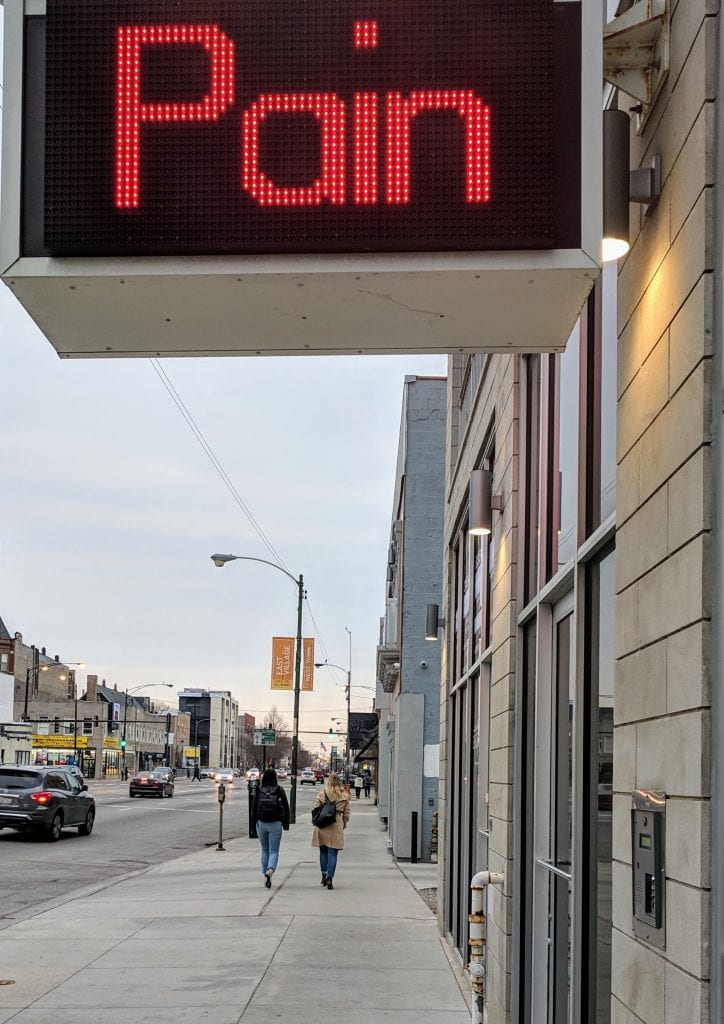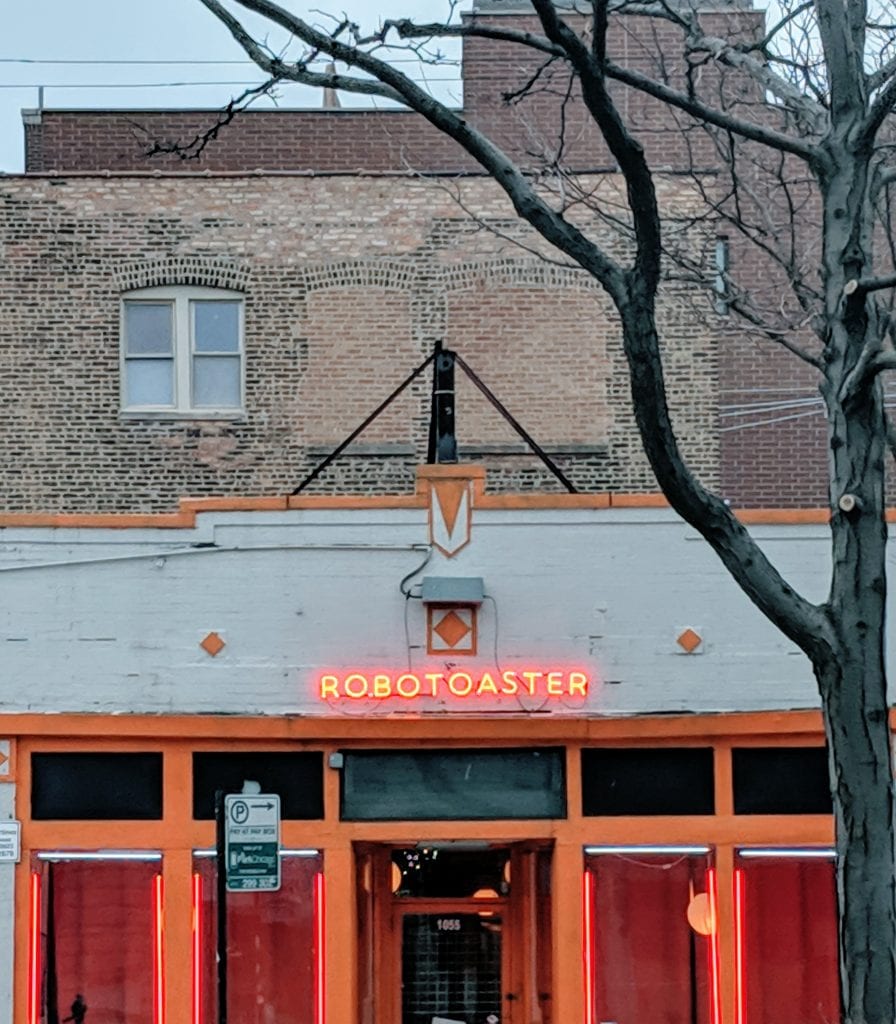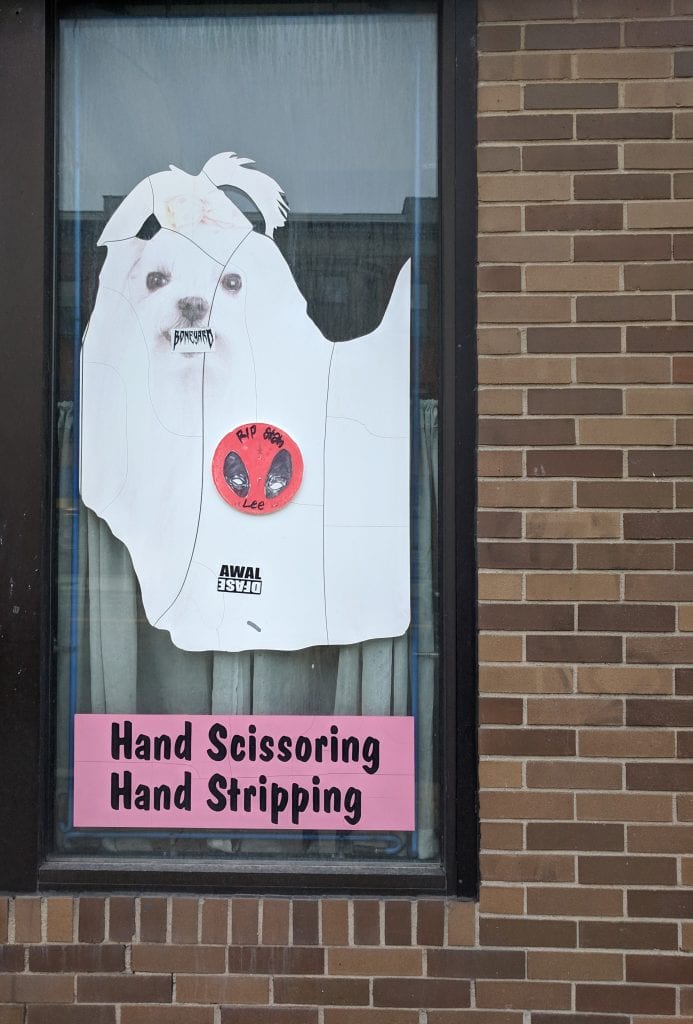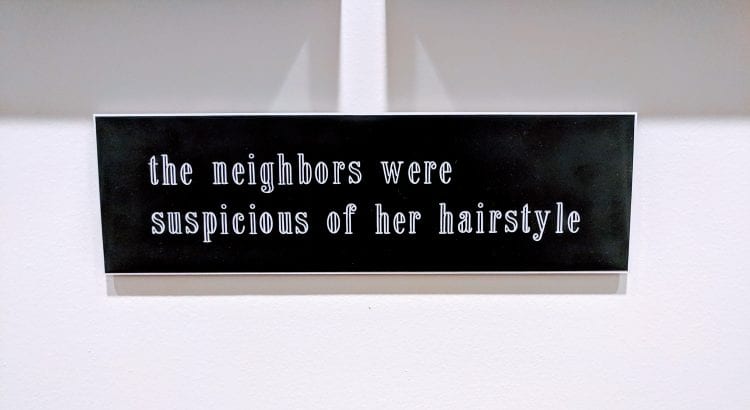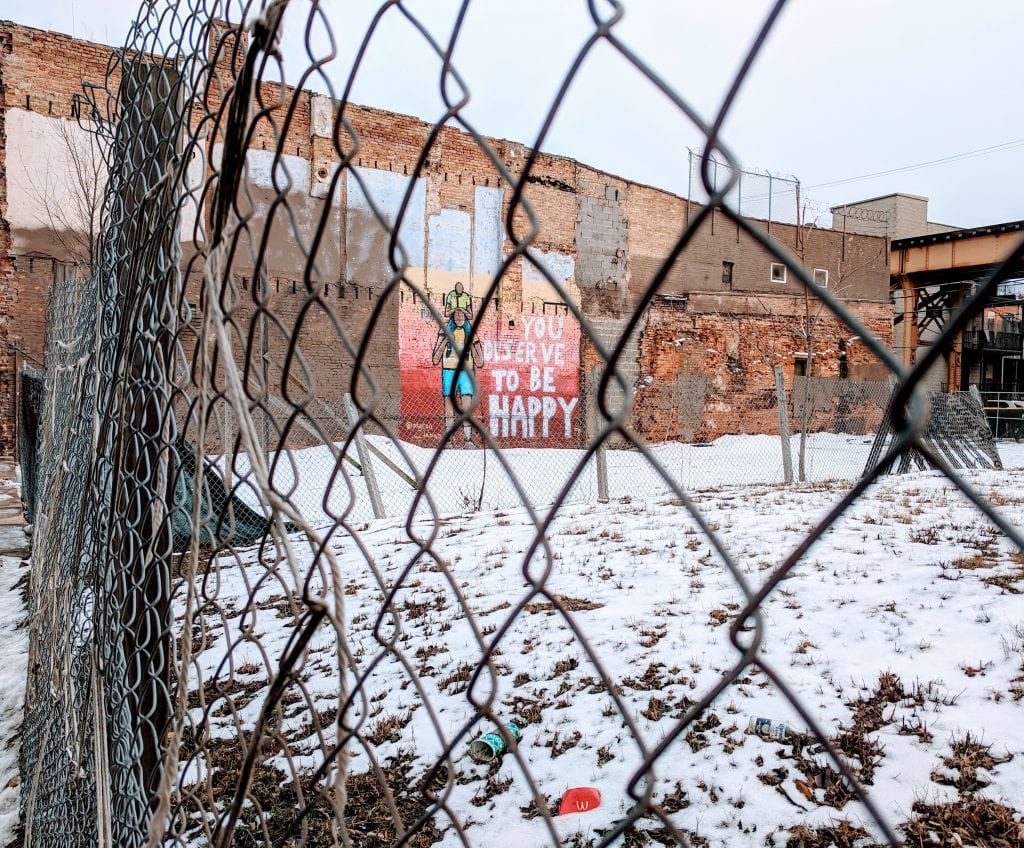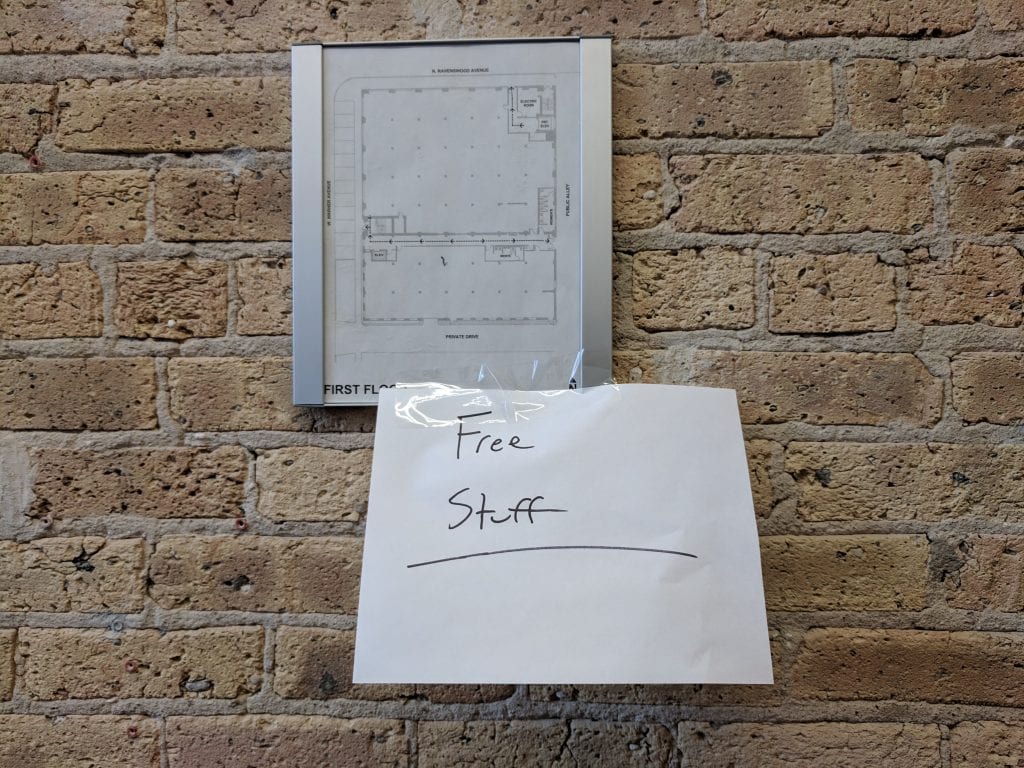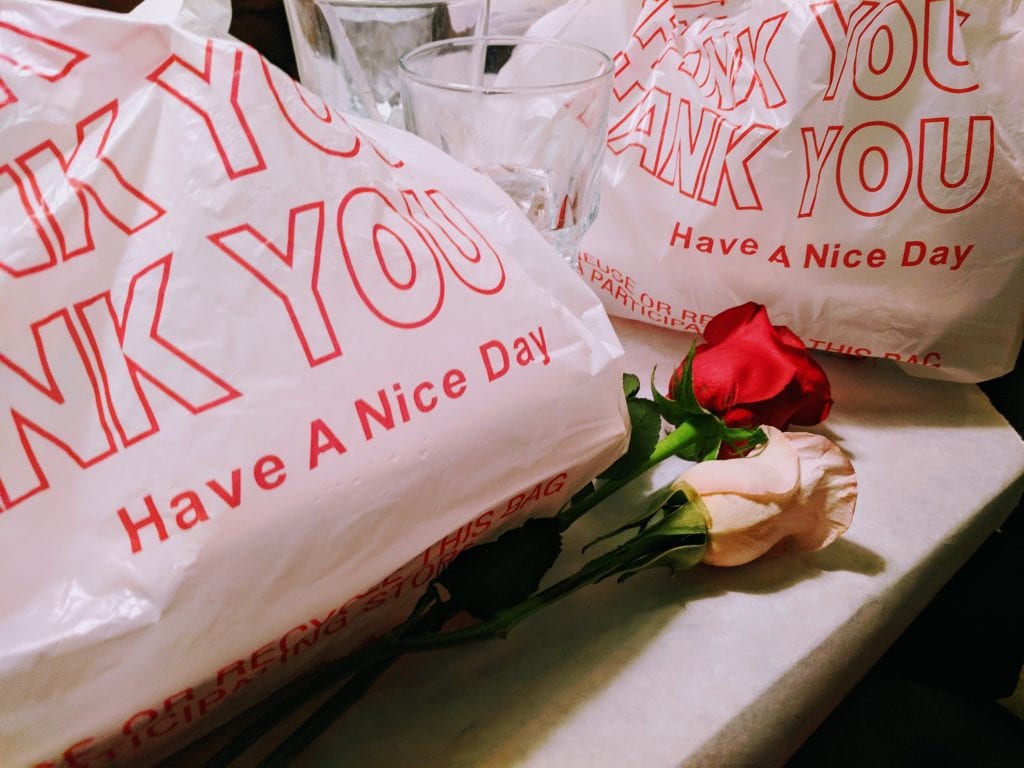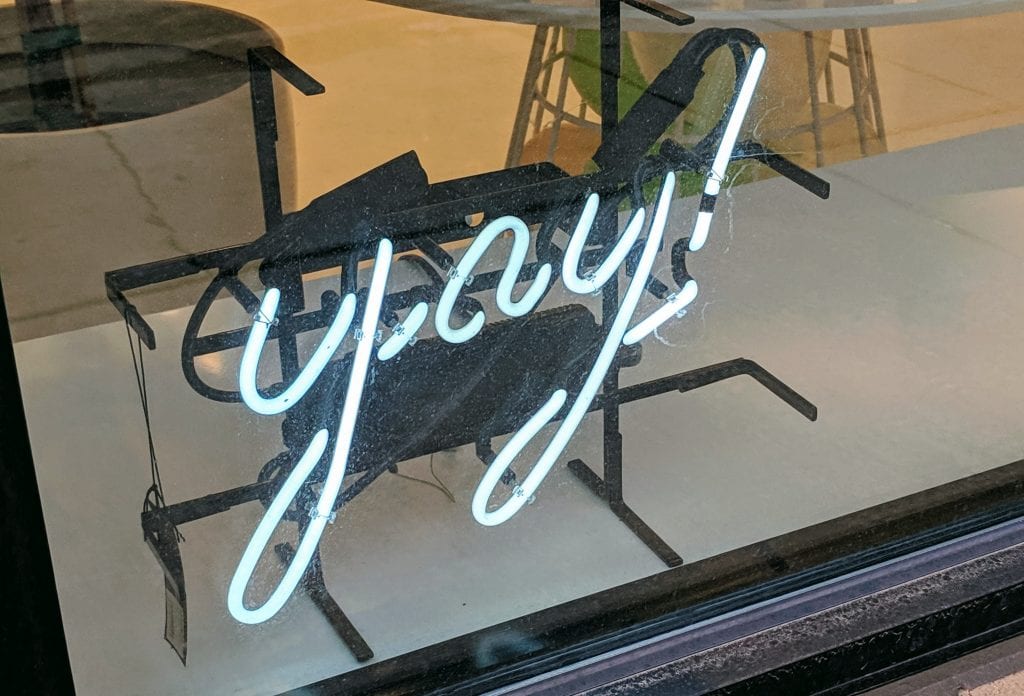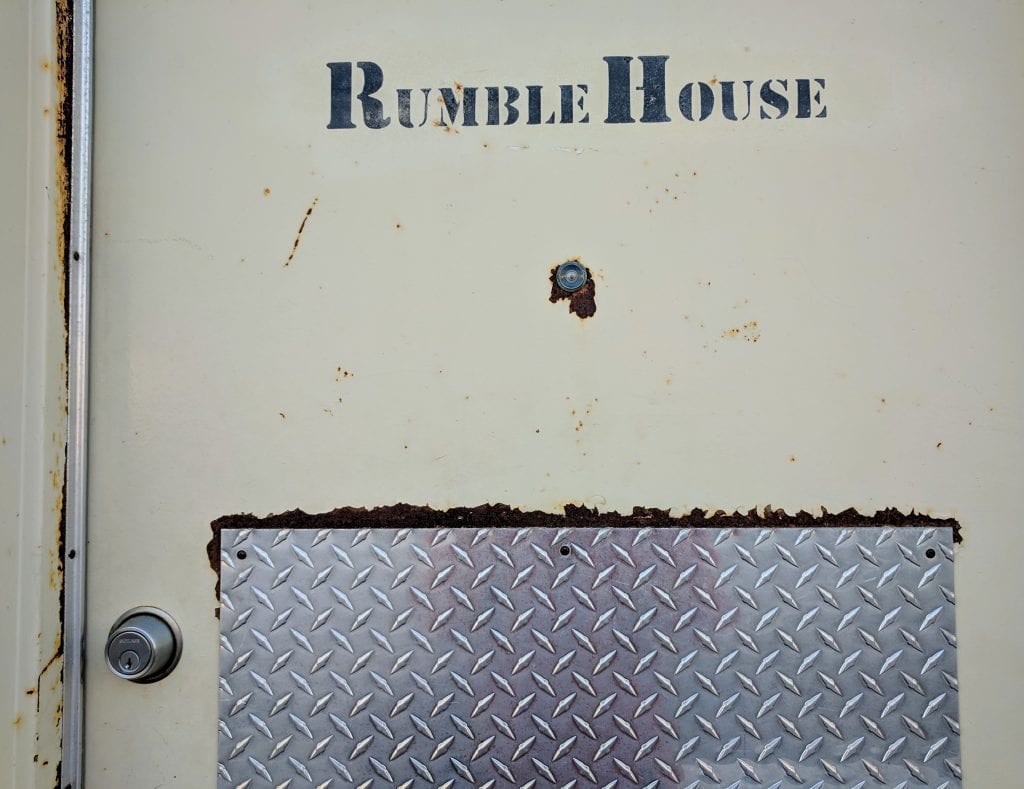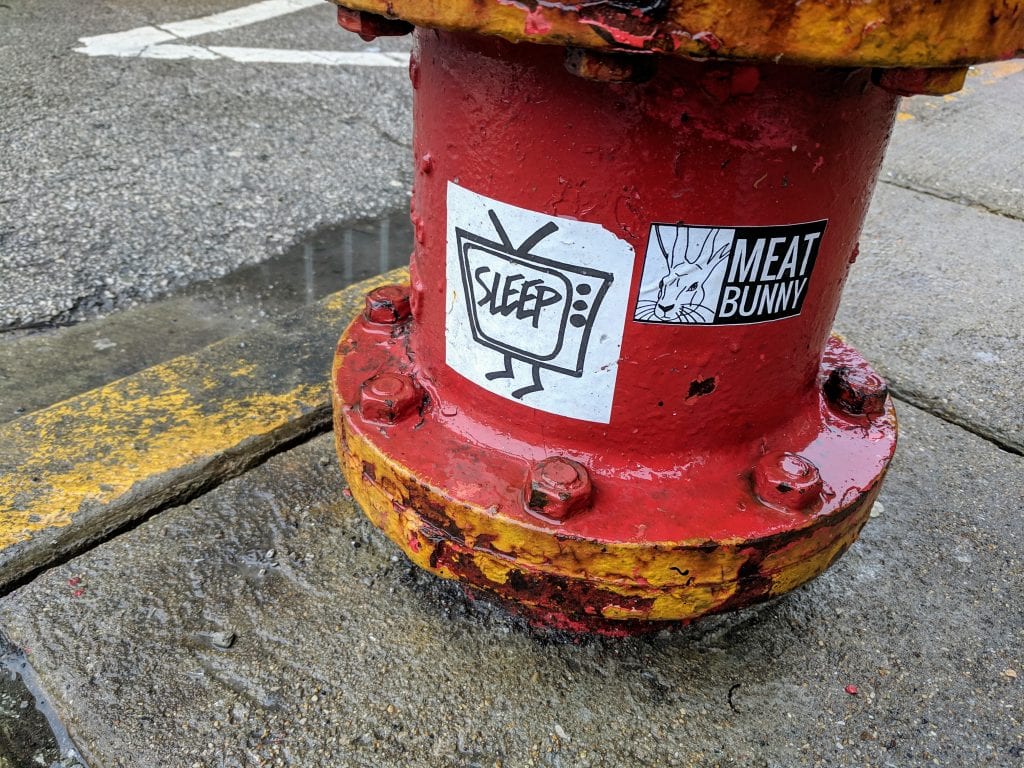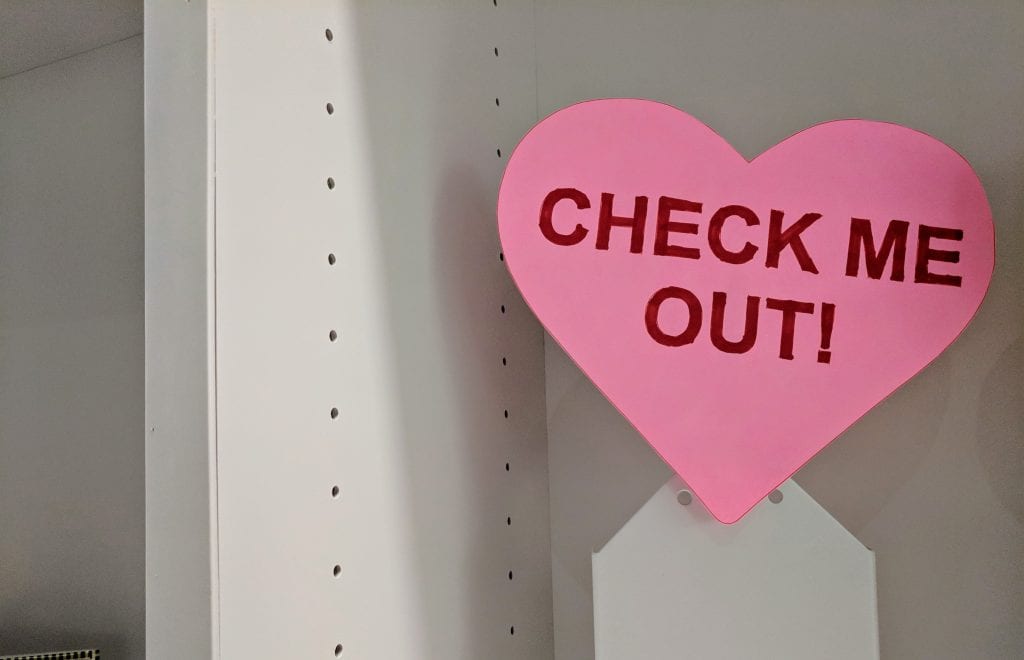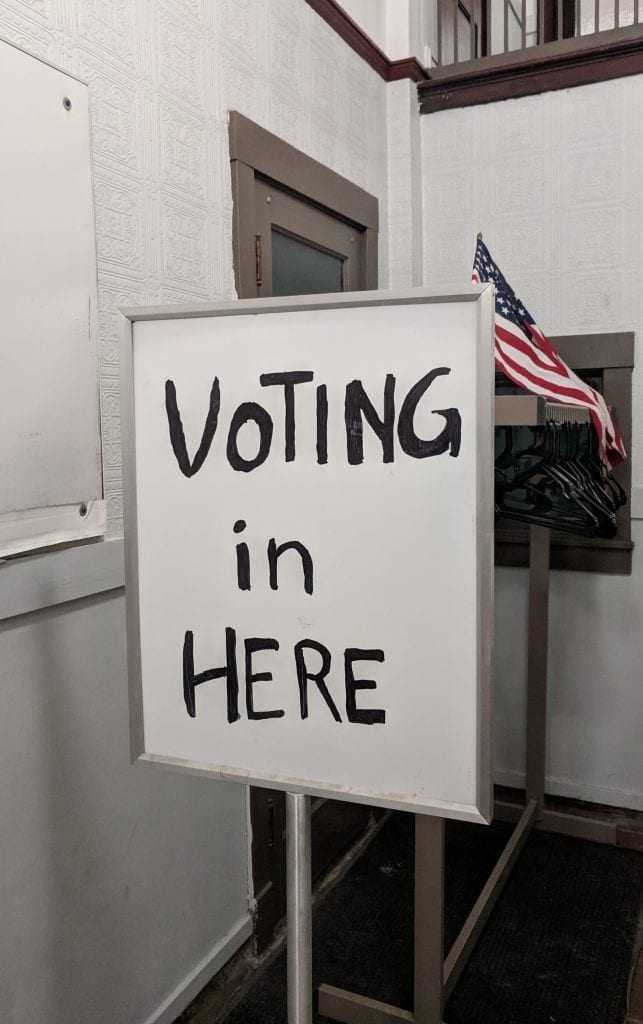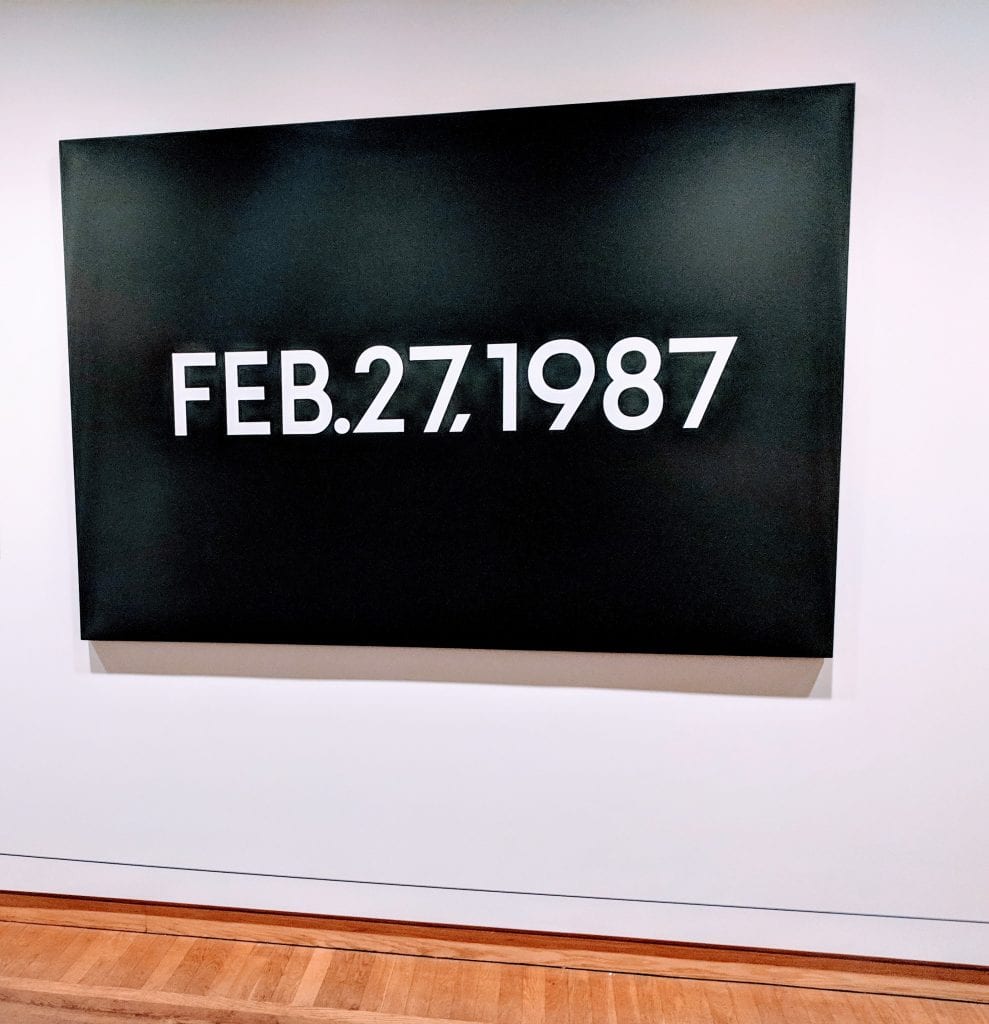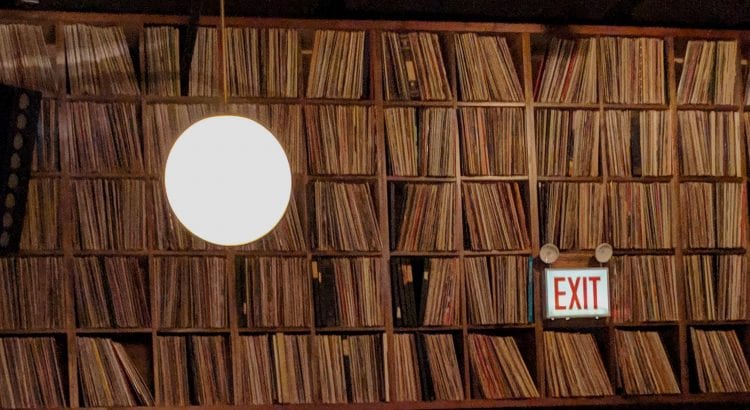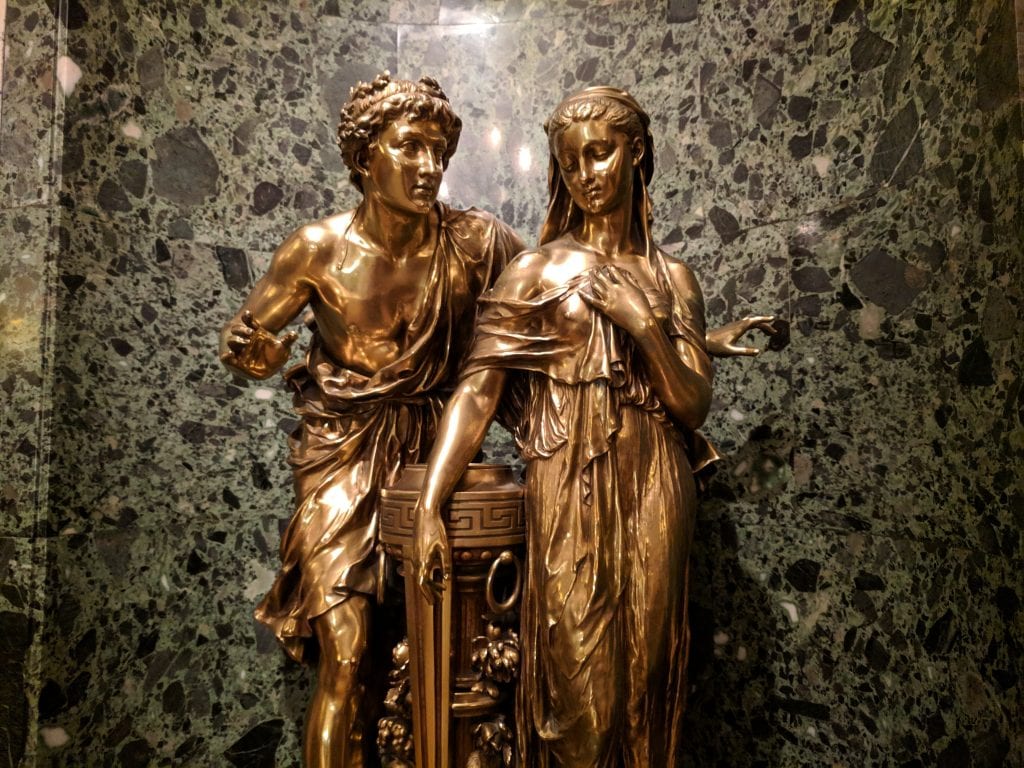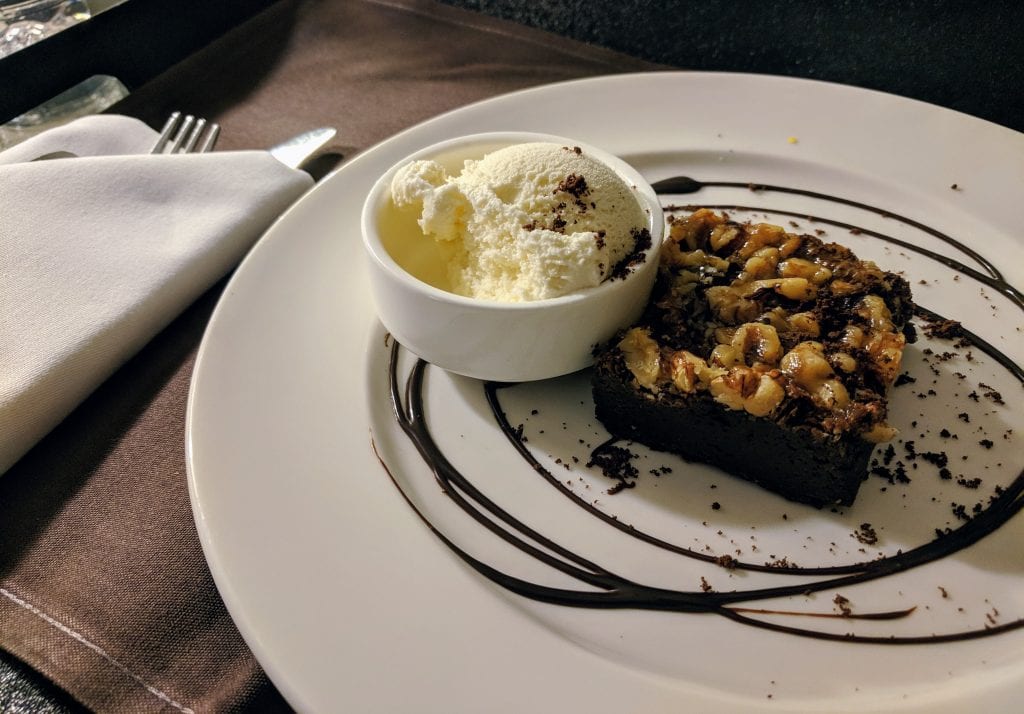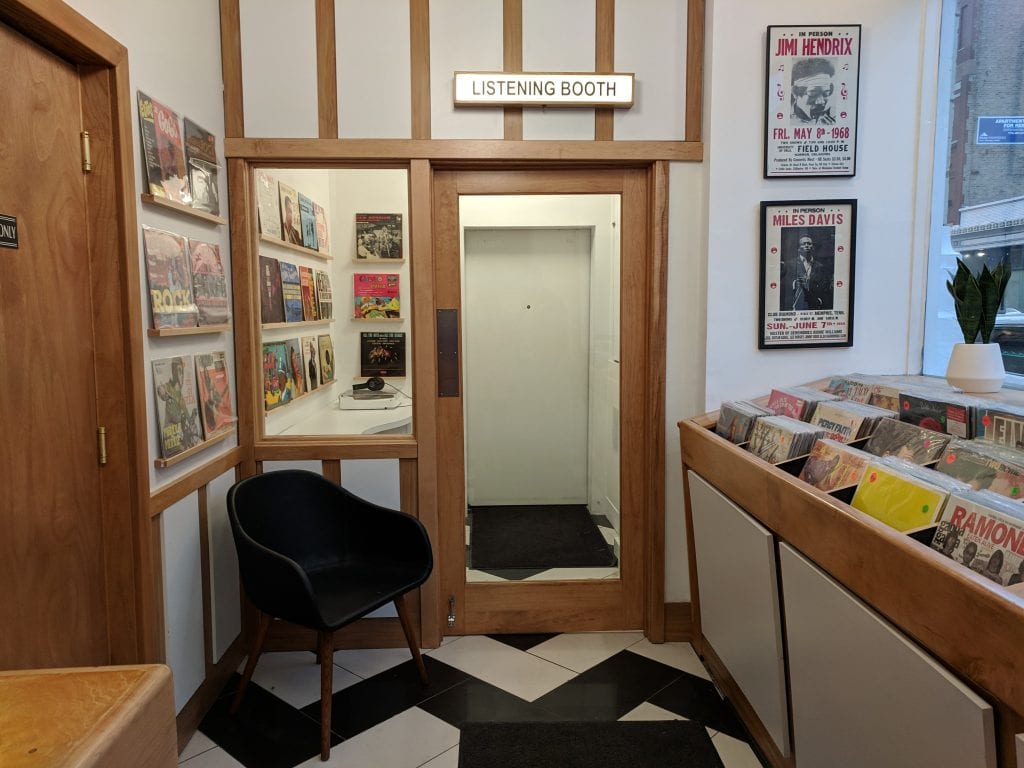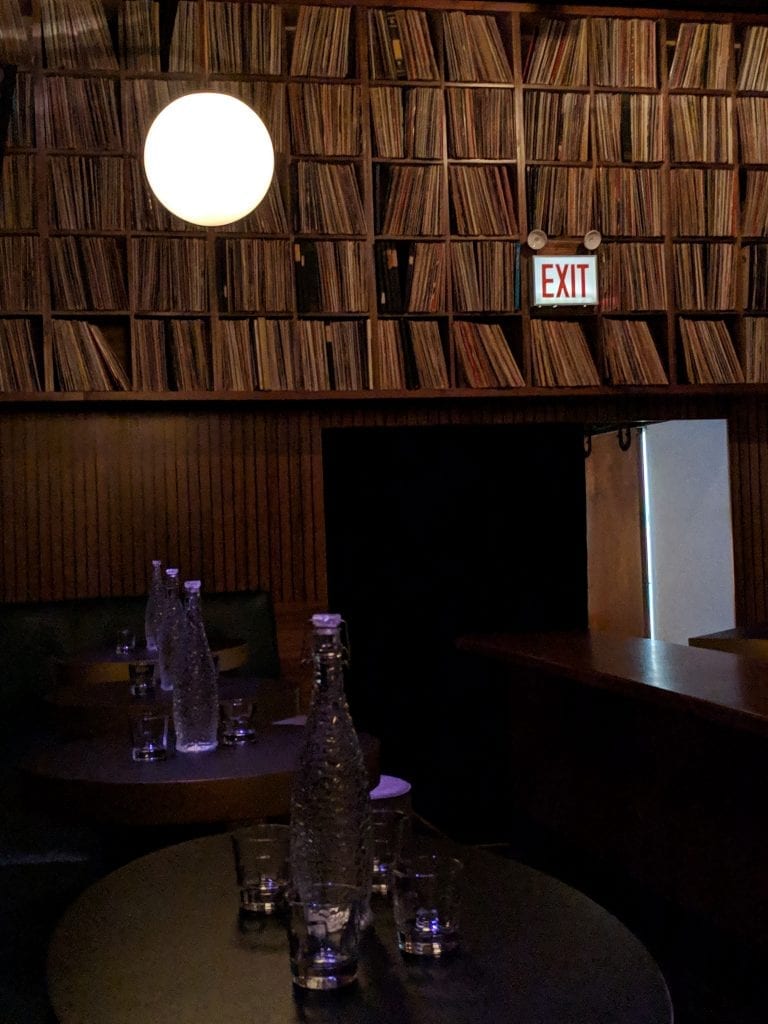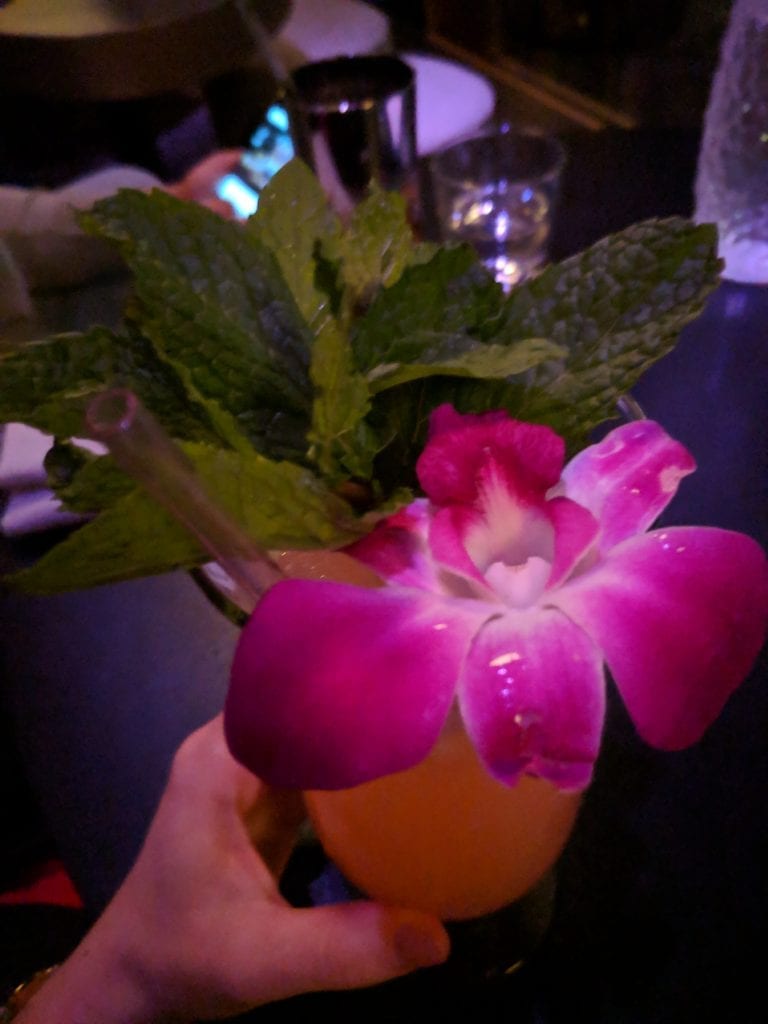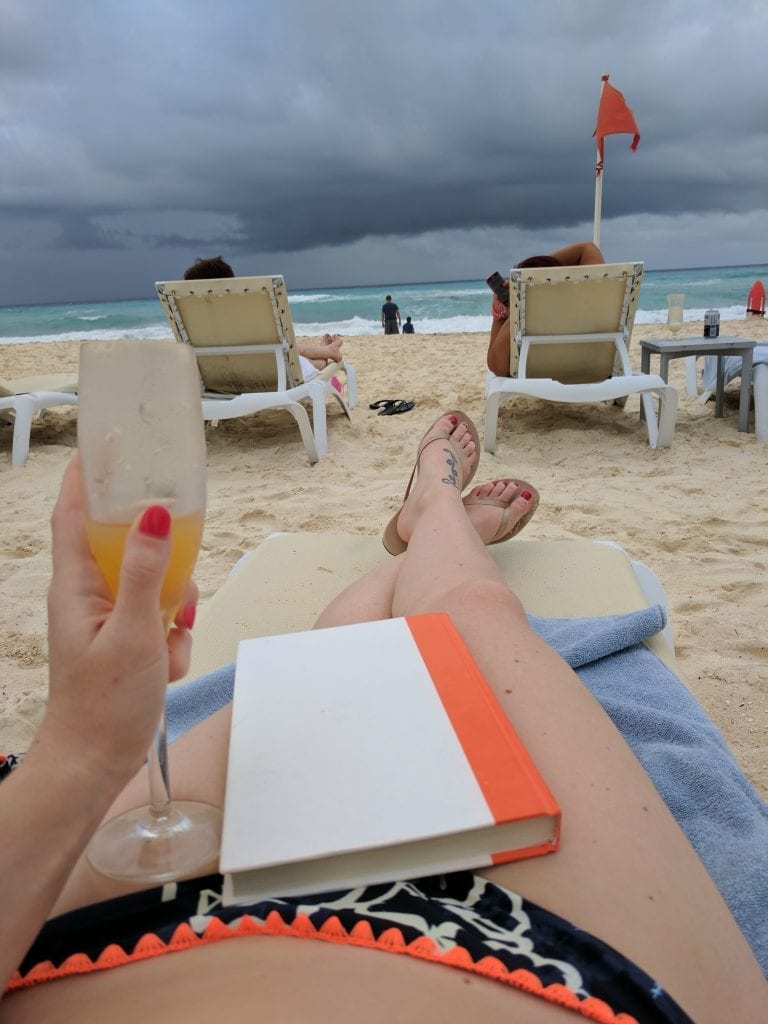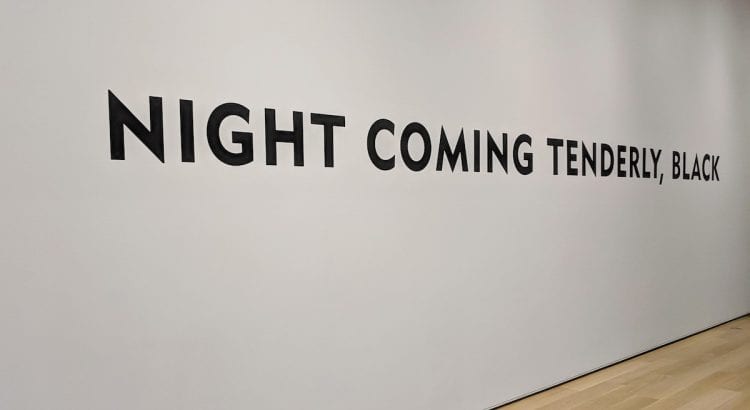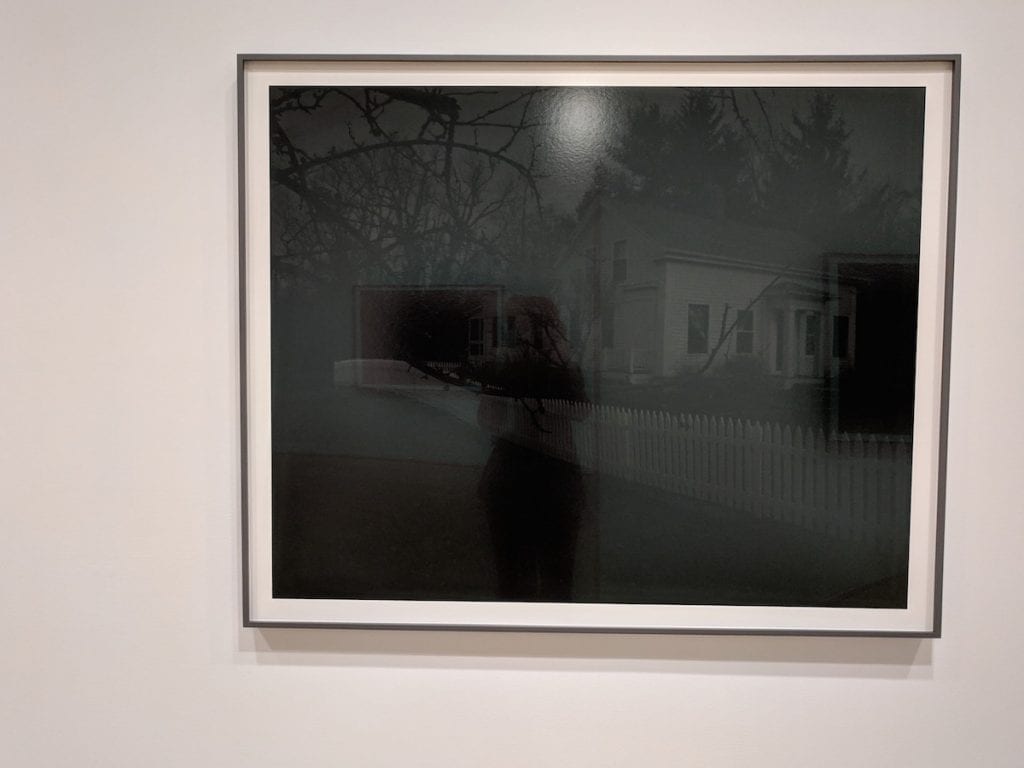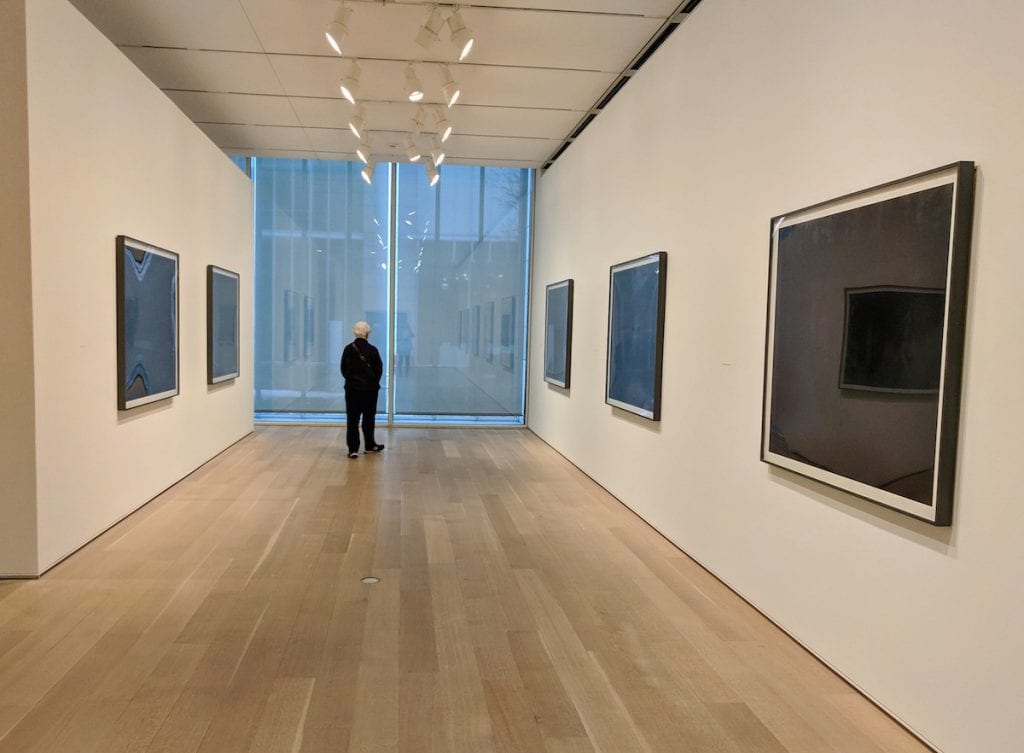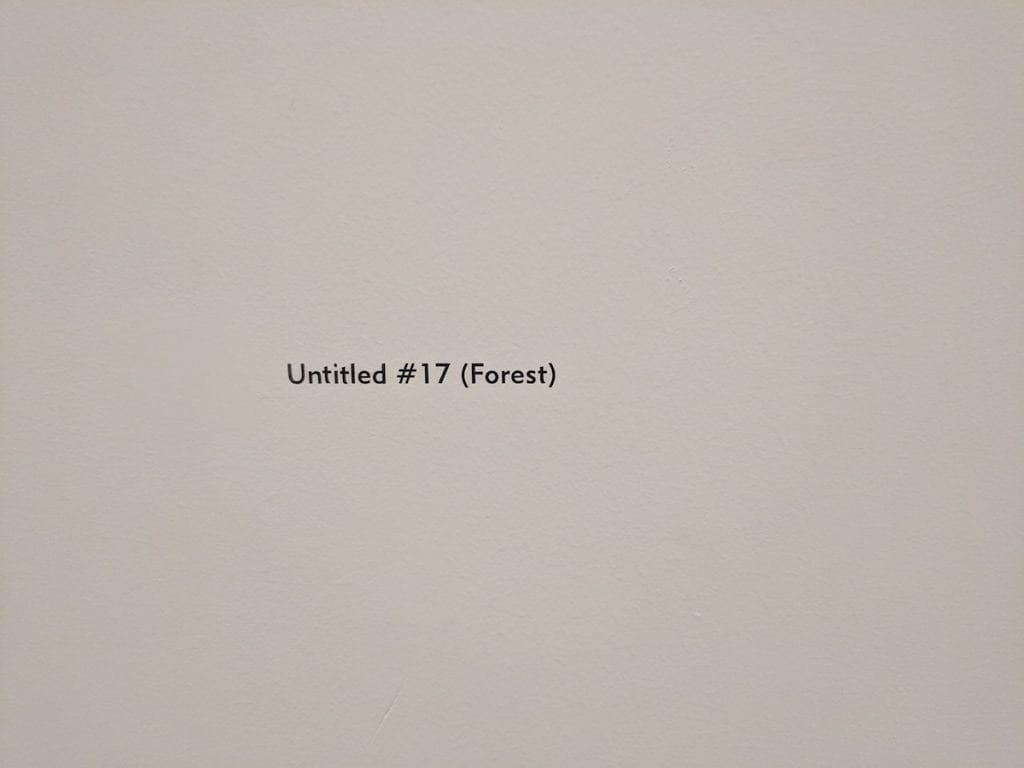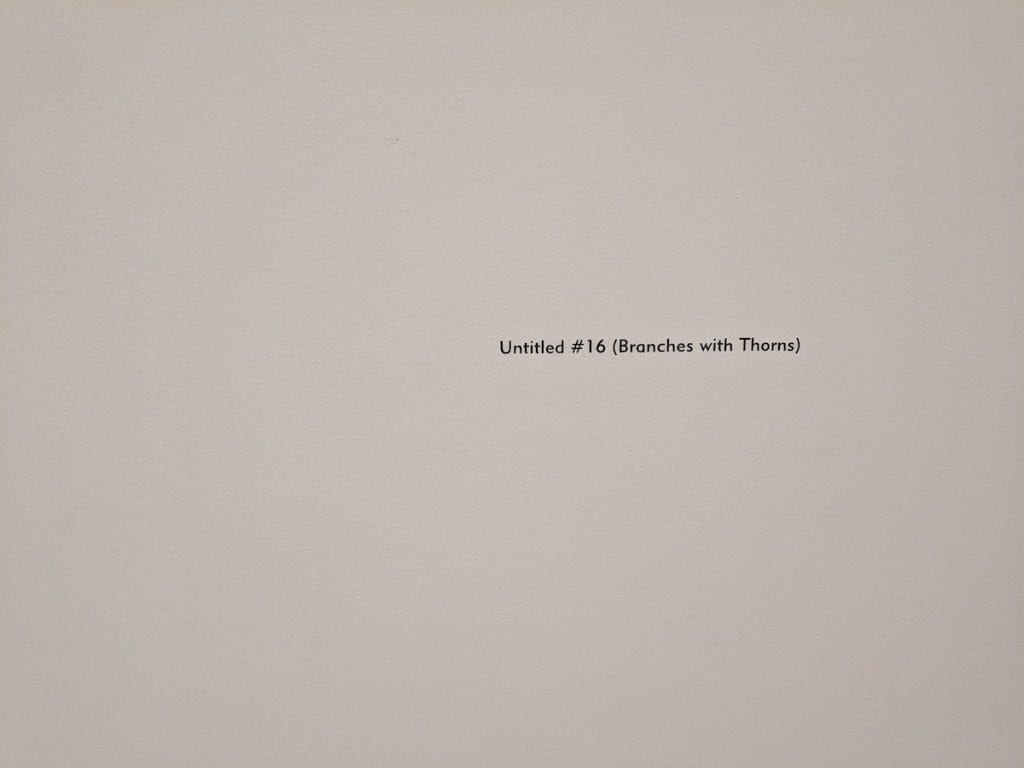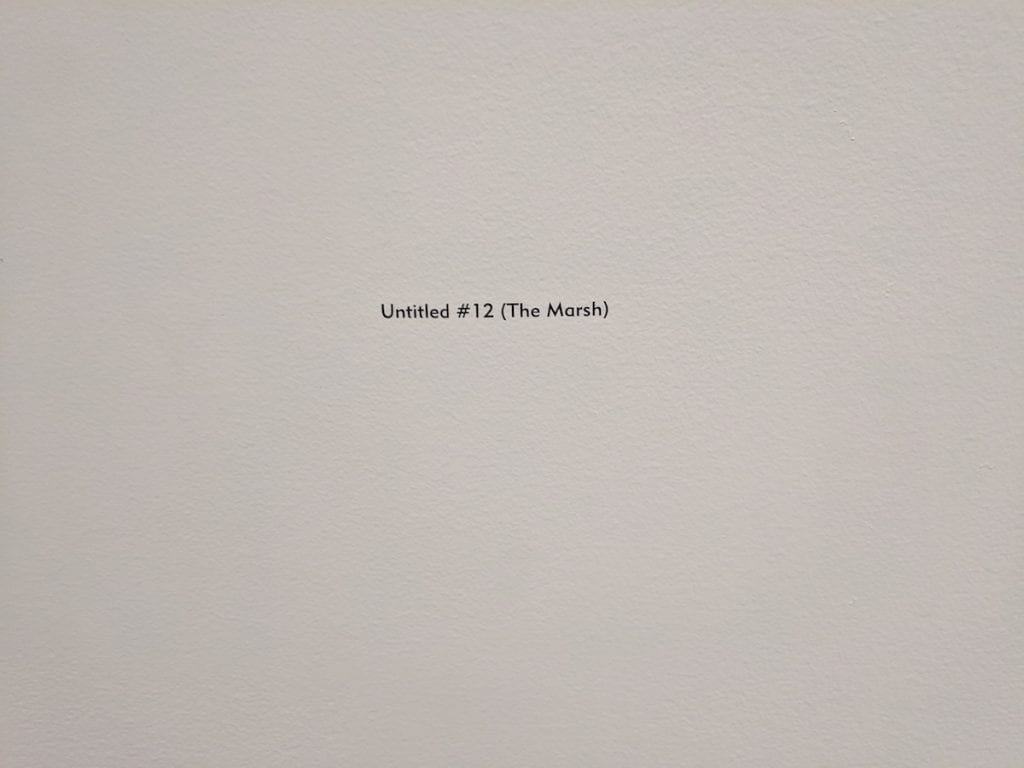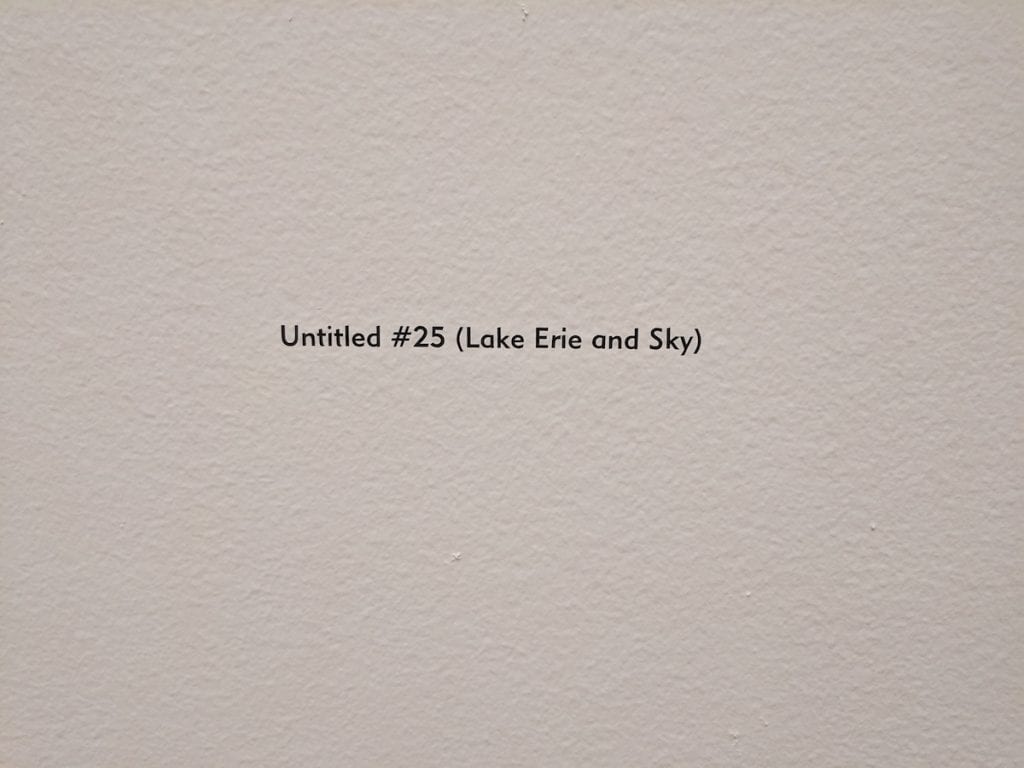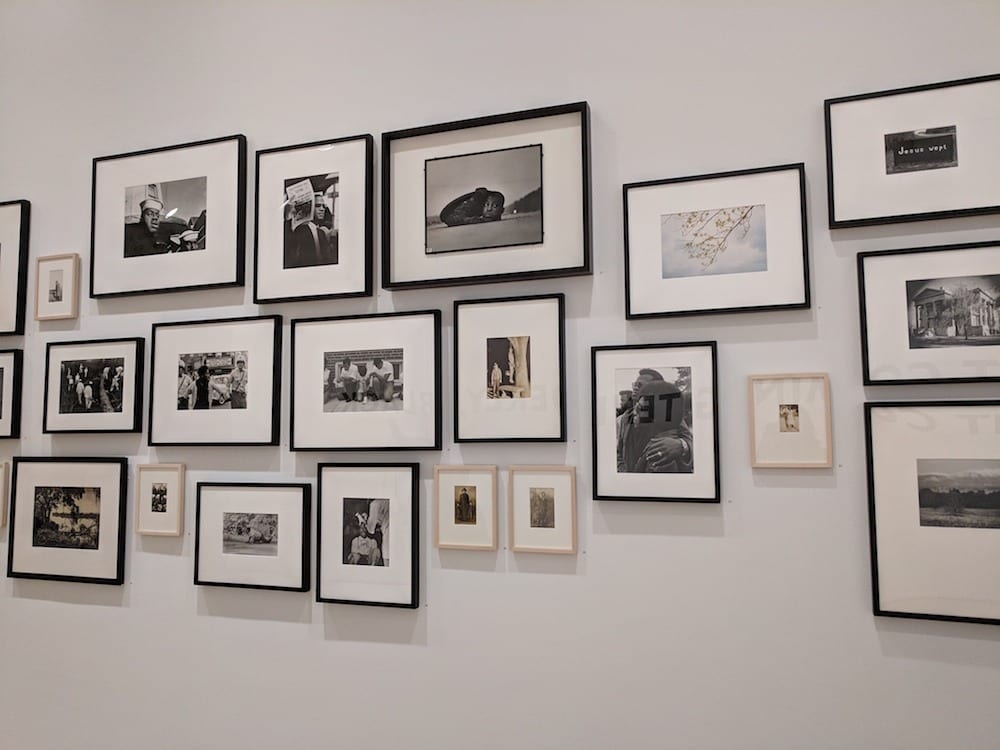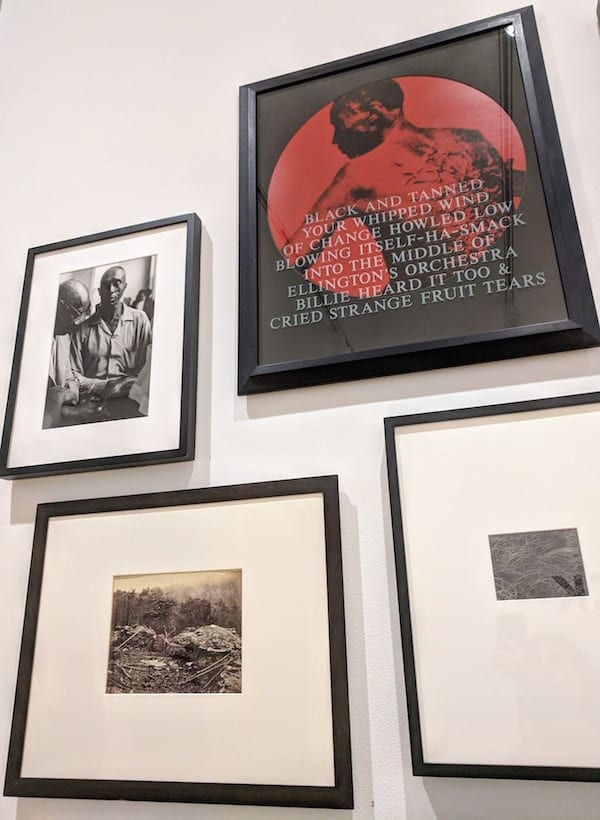You agree to goat yoga at the Garfield Park Conservatory because you could use a break. A stretch break. And if baby goats are available for the whole process, why not include that little bonus of zoological Zen? Like fury parkour experts, these newborns. Or so you’ve assumed from YouTube videos of parkour and of baby goats.
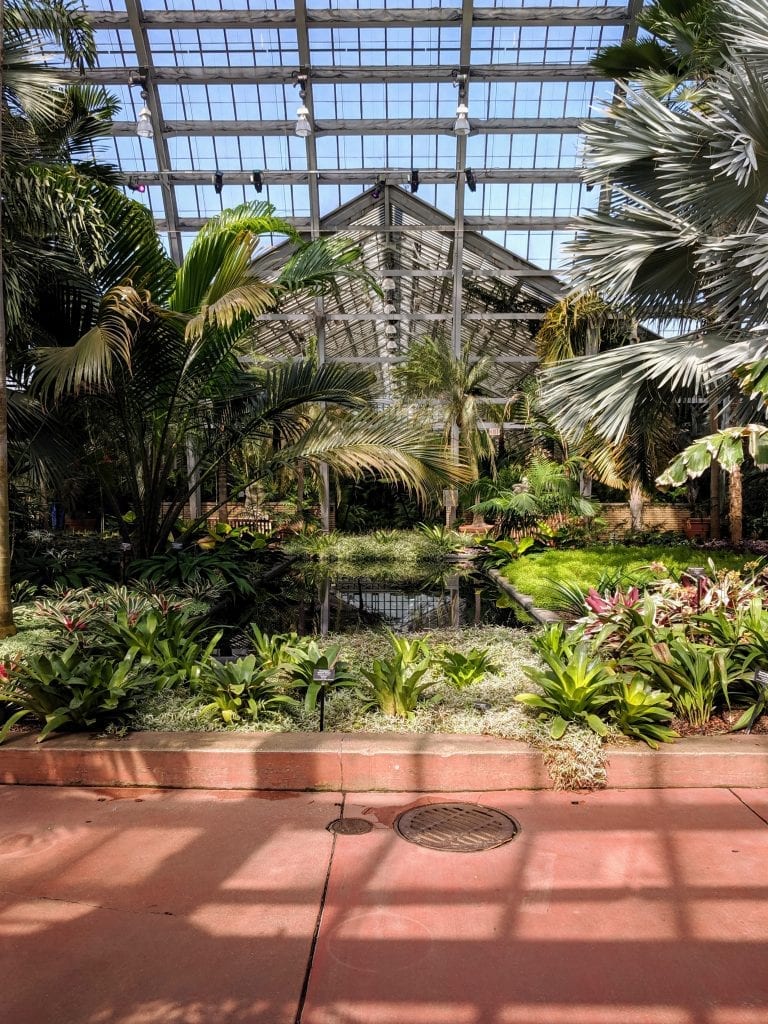
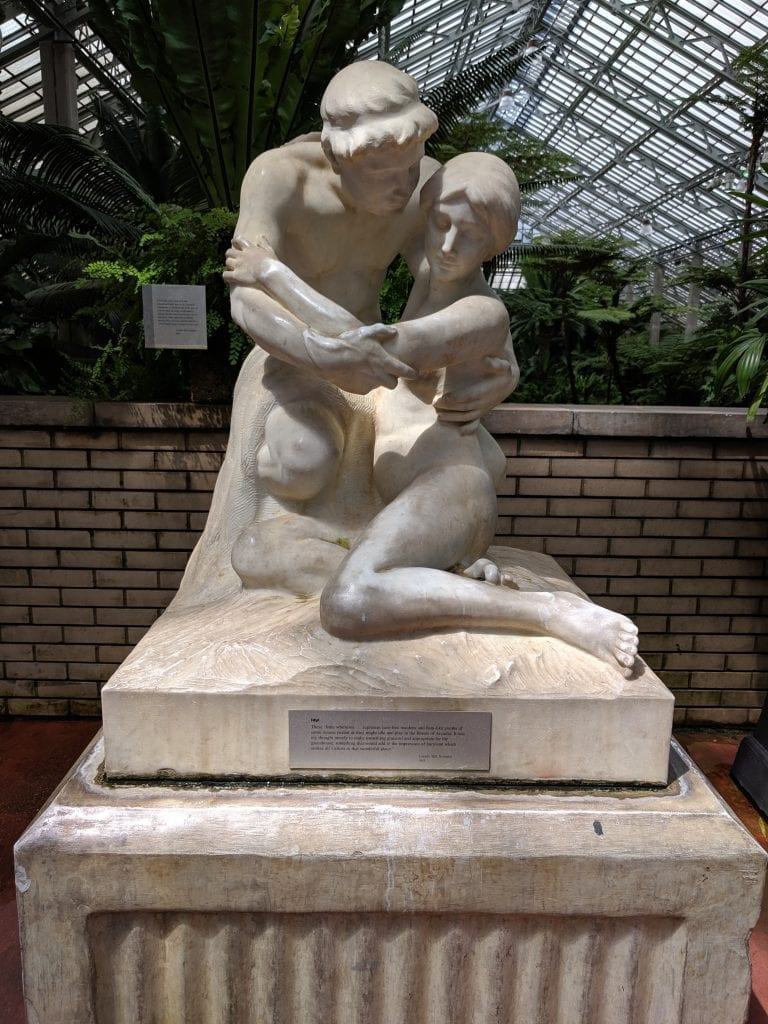
When you arrive, you’re amazed at the conservatory’s calm and wonder why you have never been here before? Because you’re busy. You’re worried. You’re reading the news and staying up to date and even Story Corps advertisements are promising to “restore your faith in humanity,” which in-and-of-itself kinda does the trick because at least someone—even just a lonely NPR advertisement copywriter locked in a basement somewhere—is admitting people like you are getting nervous and feeling a little hopeless and climate change is real and ecoanxiety is also real (as of 2017, according to the American Psychological Association) and holy goats can we fix this or is it too late?

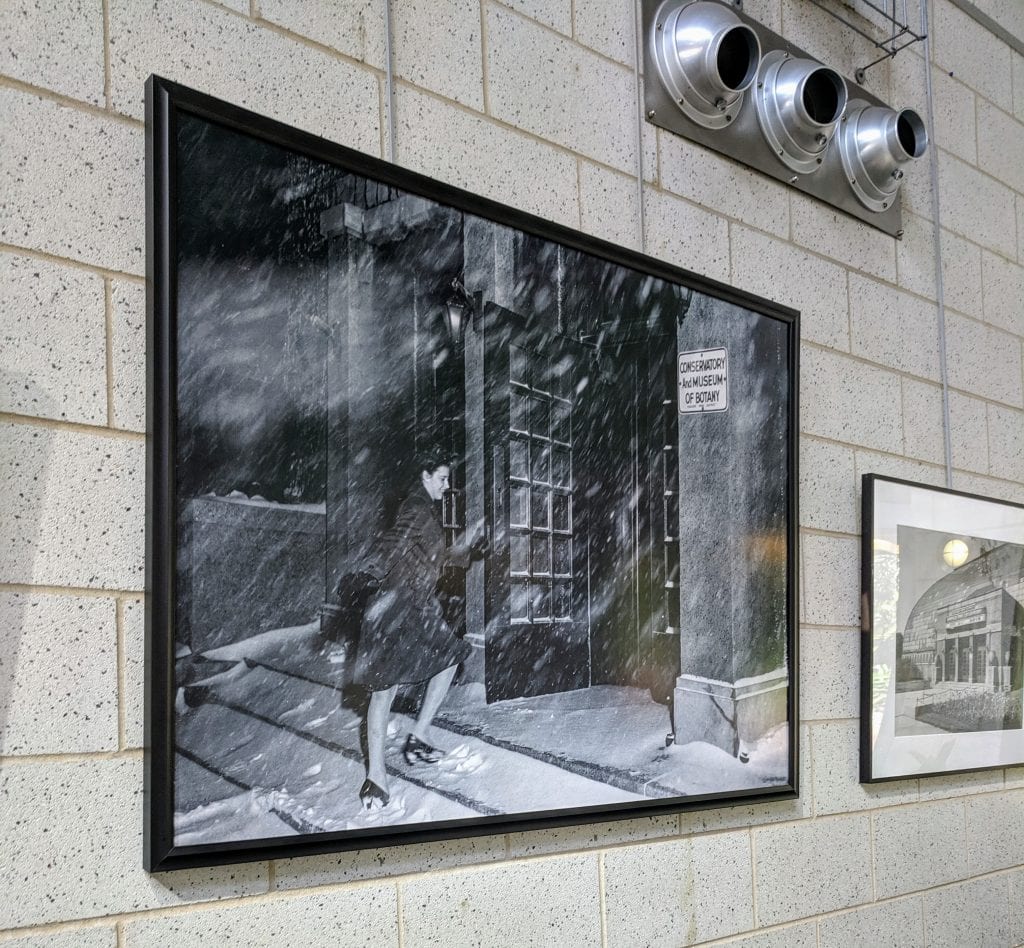


Regardless, all of this makes you grateful for the conservatory’s sheltered plants and the gated teeny triangle of prairie grass dotted with dandelions, which you’re now unfurling your brand new yoga mat onto, puffs of glittering seeds rise up to the morning sun. The L train zips by sporadically, charmingly. You begin to relax. You take some deep breaths. Stretch. Break.
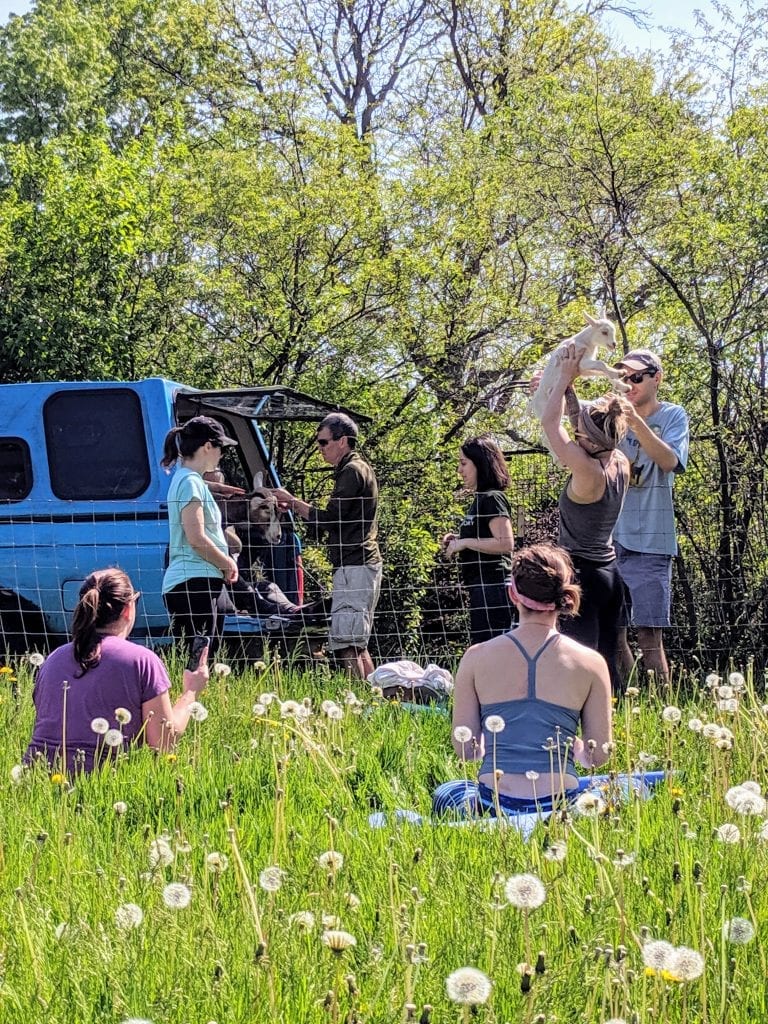
When the goats come off the truck, you do everything you can to keep from squealing. But then you’re squealing anyway. You’re squealing and hand clapping like a child and have zero apologies for your excitement. Have you ever even seen a four-day old goat? Been climbed by one? Petted the peach fuzz of one’s recently crowned head?
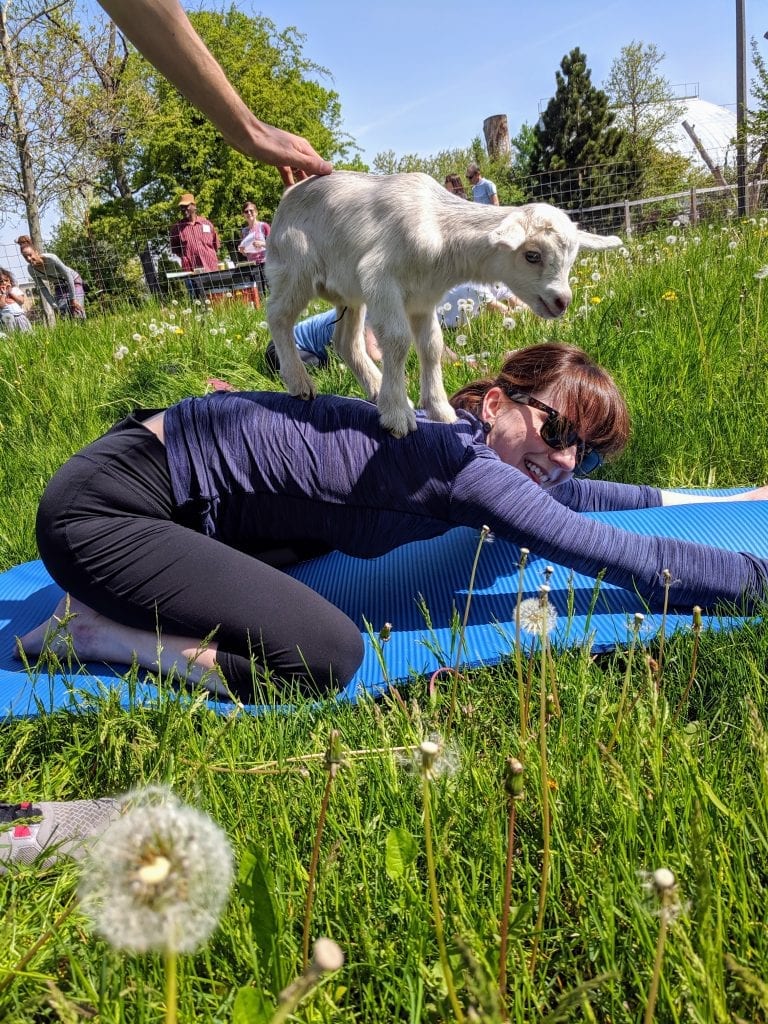
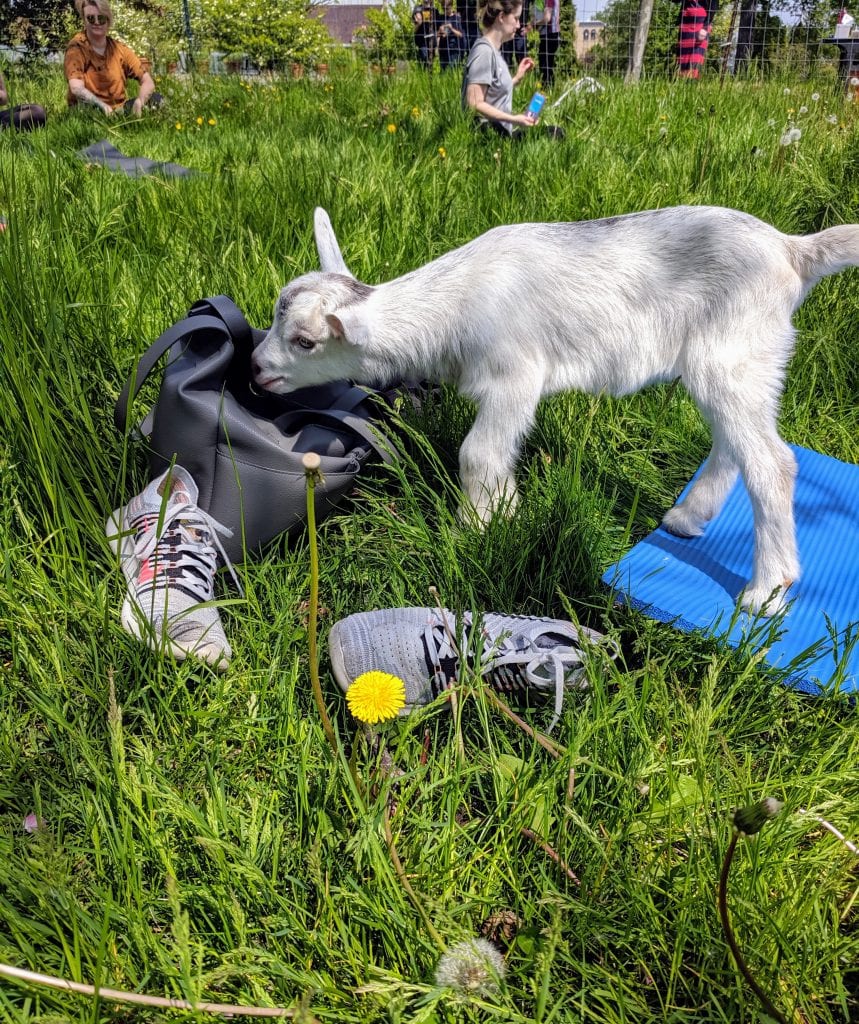
You can’t focus on the poses, but that’s OK. Goat yoga is ultimately more about the goat—more specifically, what the goat is giving you—than the yoga but eventually you settle in to a warrior two or something like that and stop watching the bobbling babies struggle to walk the knee high grass and you push your drooling mouth closed and pop your eyeballs back into your head. And you breathe.
You hear the L ricochet by one more time and give thanks for a place like this and for your ability to move freely to and from it at whatever pace you like. You feel your legs in your yoga pants, which you haven’t replaced in years because you read somewhere yoga-pants-plastics were harming the water systems, but you’re not thinking about that now. You’re thinking about nothing but what this exact moment feels like to be you.
A goat bleats and you smile even more because that shit sounds so desperate and it’s funny because what sounds like a scream is really just him saying, “Hi. Got food?.” You cup the warmth of the sun in your open, welcoming palms. You smile. For a moment, this moment, it feels like you’ve got the whole world in your hands. Even if it’s a fucked up one. This is enough and you are happy here.

